Barry Hoffman Postcard Collection
Collection Information
This collection is comprised of 1,471 postcards that are connected to the Nazi Party in Germany. The Nazi Party emerged from the extremist German nationalist, racist and populist Freikorps paramilitary culture, which fought against the communist uprisings in post–World War I Germany. The party was created to draw workers away from communism and into völkisch nationalism. Initially, Nazi political strategy focused on anti–big business, anti-bourgeois, and anti-capitalist rhetoric. This was later downplayed to gain the support of business leaders, and in the 1930s the party’s main focus shifted to anti-Semitic and anti-Marxist themes. Following the Nazi seizure of power in 1933, Hitler established a Reich Ministry of Public Enlightenment and Propaganda headed by Joseph Goebbels. The Ministry’s aim was to ensure that the Nazi message was successfully communicated through art, music, theater, films, books, radio, educational materials, and the press. Postcards were an extension of the propaganda department to boost morale, glorify their military and political heroes, and commemorate special events and anniversaries. Postcards were easier to disseminate than posters and political cartoons and the Nazi government saw in postcards a way to use visual imagery that could express opinions and rally citizens around common causes inexpensively and effectively.
Postcards were printed and sold throughout Germany and German-occupied territories. The postcards offered an affordable way to stay in contact with family and friends in an era before wide access to mass communication, and this common form of communication became interwoven with images of Hitler and party symbols. The postcards show the massive popularity that Hitler enjoyed in Germany during this era. Nazi propaganda often used Hitler’s image, building a myth of his supposed invincibility and charisma. The leader became associated with the nation’s prosperity and was portrayed as central to its future success. Hitler’s images cast him as a hero, a father figure, and a protector of Germany—and they appeared almost everywhere in Germany during the years of Nazi rule. By late 1943 the printing of postcards stopped due to extreme material shortages from the war. (Source: USHMM)
Special thanks go out to the “Exhibit Team” who spent hours researching, translating and uploading the postcards. This exhibit would not be possible without Lamisa Muksitu ’22, Tara O’Donnell ’23, Nicole Toedtli, Emily Clarke ’24 and Meridian Stiller ’26
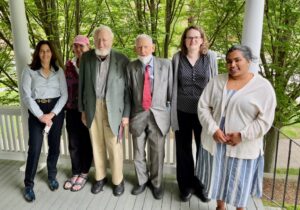
About the Donor
Barry Hoffman (1936-2022) was an inveterate collector of books and ephemera with a special interest in the history of the Holocaust and the Third Reich. A fortunate introduction by Dr. Jeffrey Kraines inspired Barry to donate some of his most beloved collections to the Strassler Center. Working closely with librarian and archivist Robyn Conroy, Barry donated hundreds of the books he had meticulously collected. His final act of generosity was to contribute his archive of Nazi propaganda postcards. He and his wife Lane traveled to campus during summer 2022 to deliver several beautifully organized binders of well preserved postcards and reference materials.
Preferred Citation
Barry Hoffman Nazi Postcard Collection – Courtesy of The Strassler Center for Holocaust and Genocide Studies at Clark University, Worcester, Massachusetts.
Finding Aid
Click here to view and download the collection finding aid.
Search for a postcard by a keyword
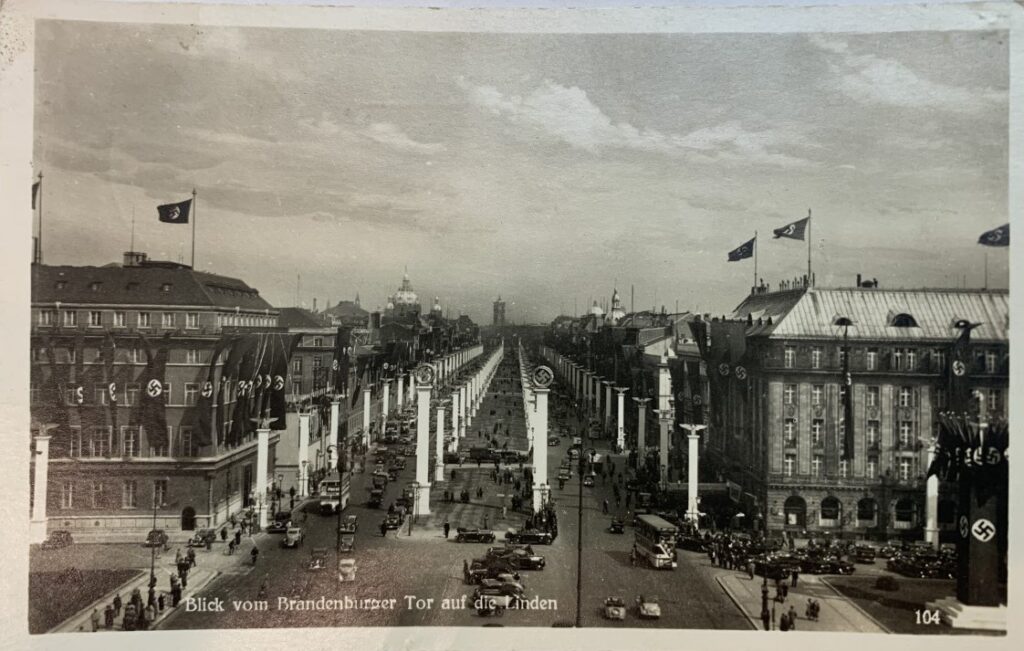
Brandenburg Gate (Berlin)
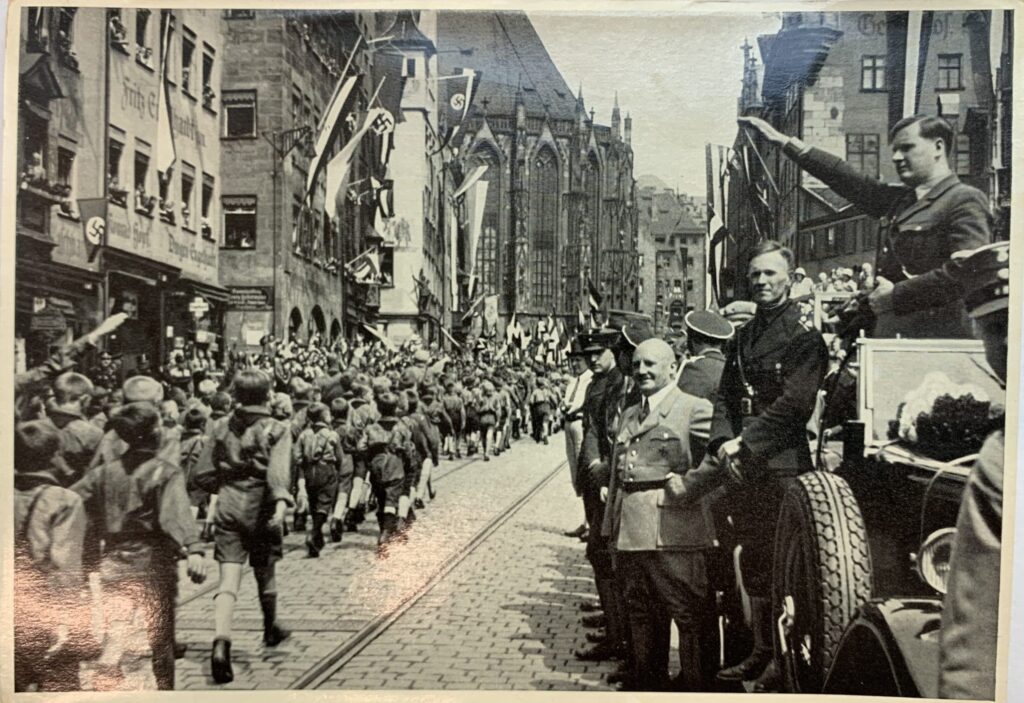
Hitler Youth (Tobacco Card)
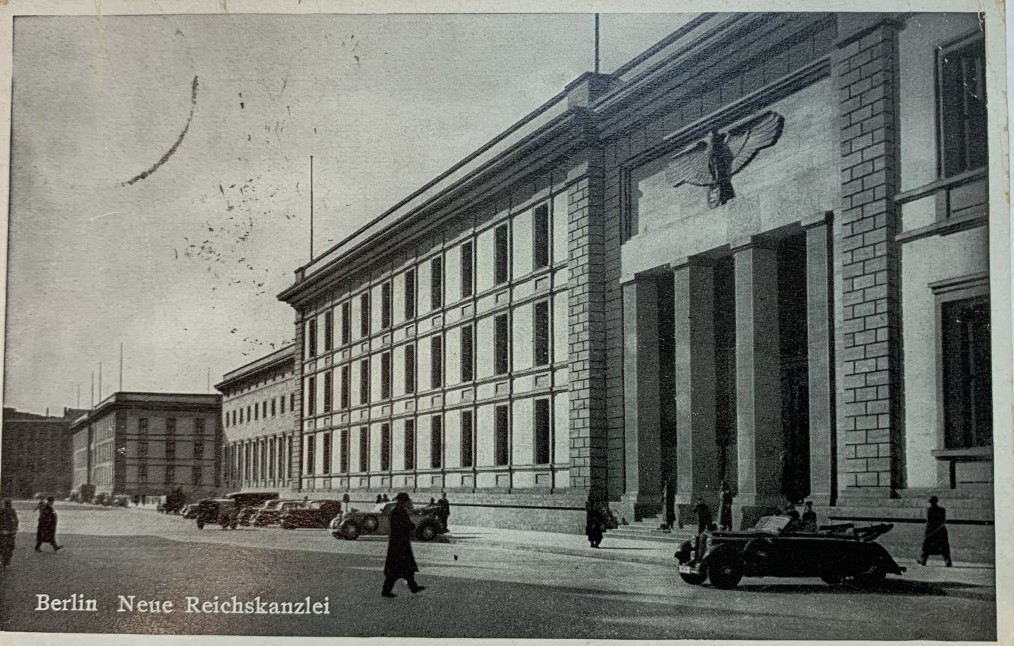
Neue Reichskanzlei (New Chancellery Building)
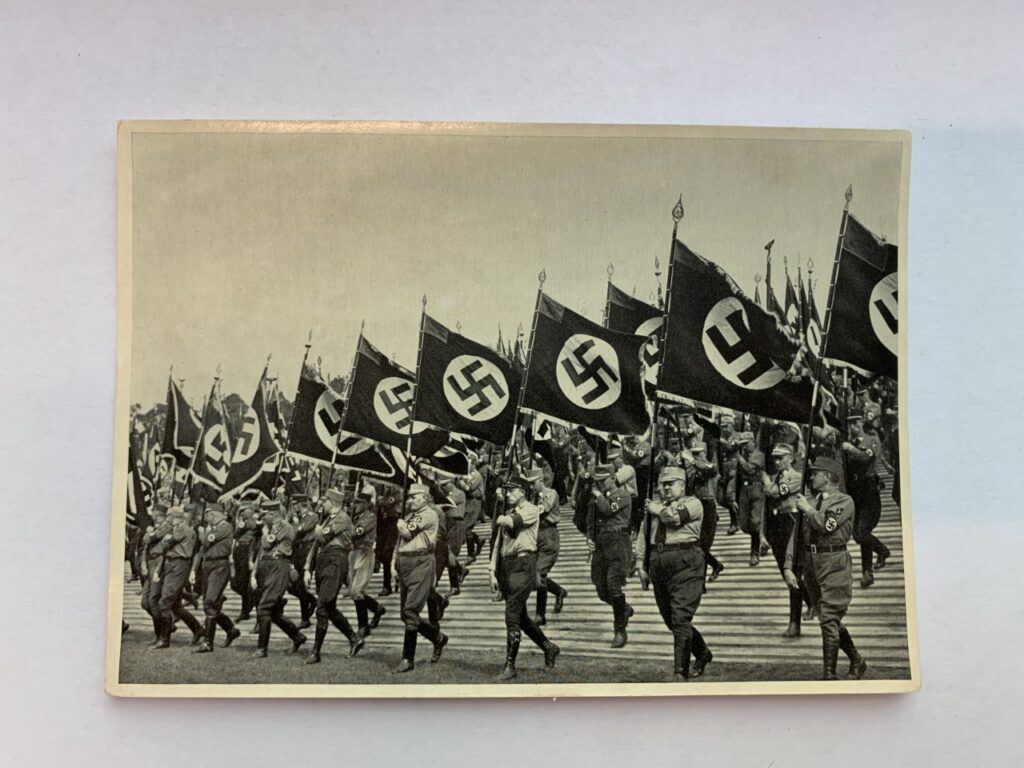
Nazi Rally (Tobacco Card)
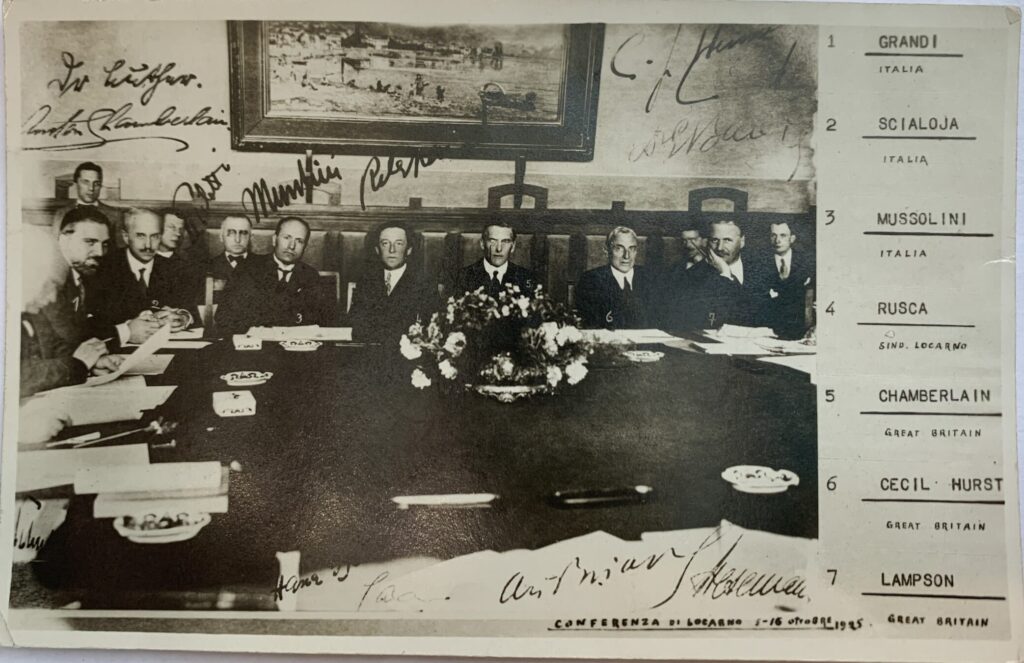
Locarno Treaties (1925)
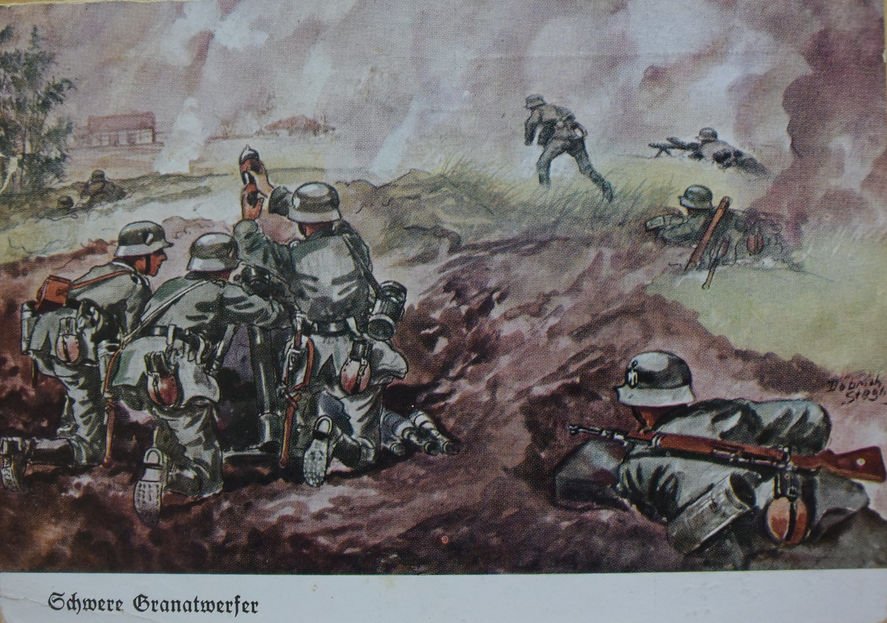
Schwere Granatwerfer (Heavy Grenade Launchers)
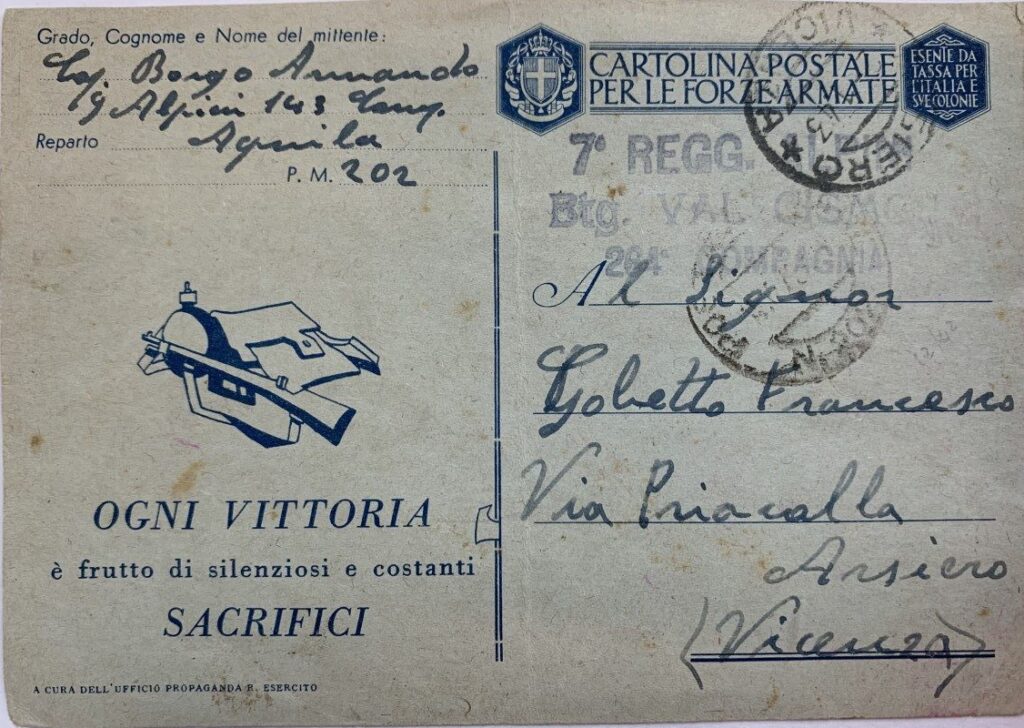
Italian (Feldpost)
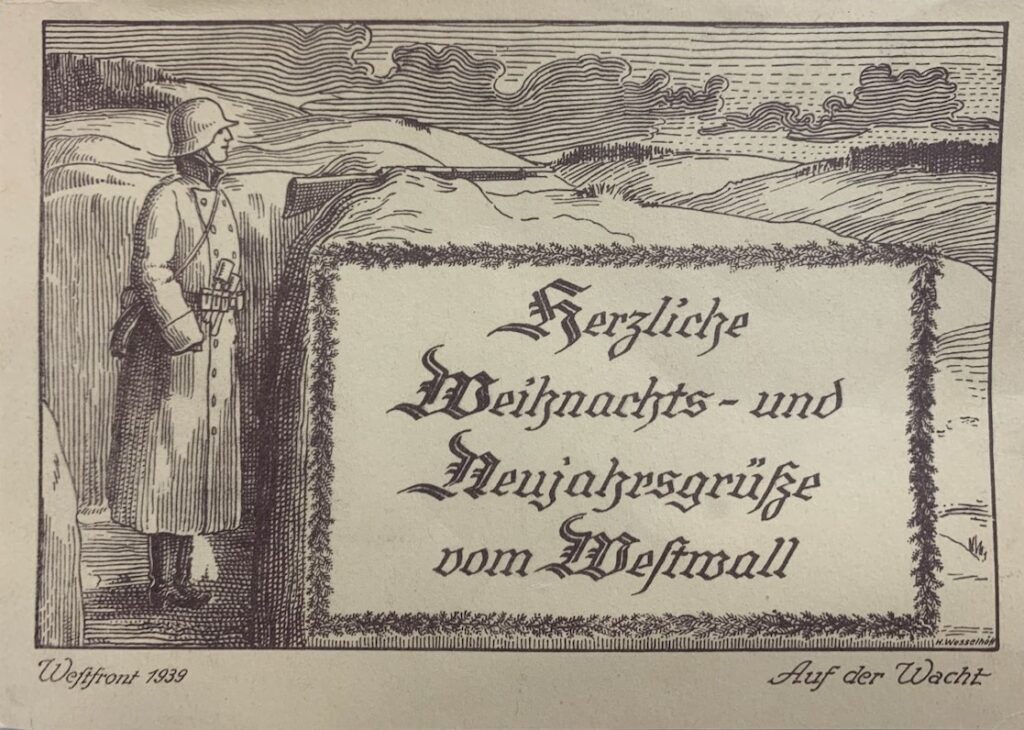
Herzliche Weihnachts (Merry Christmas)
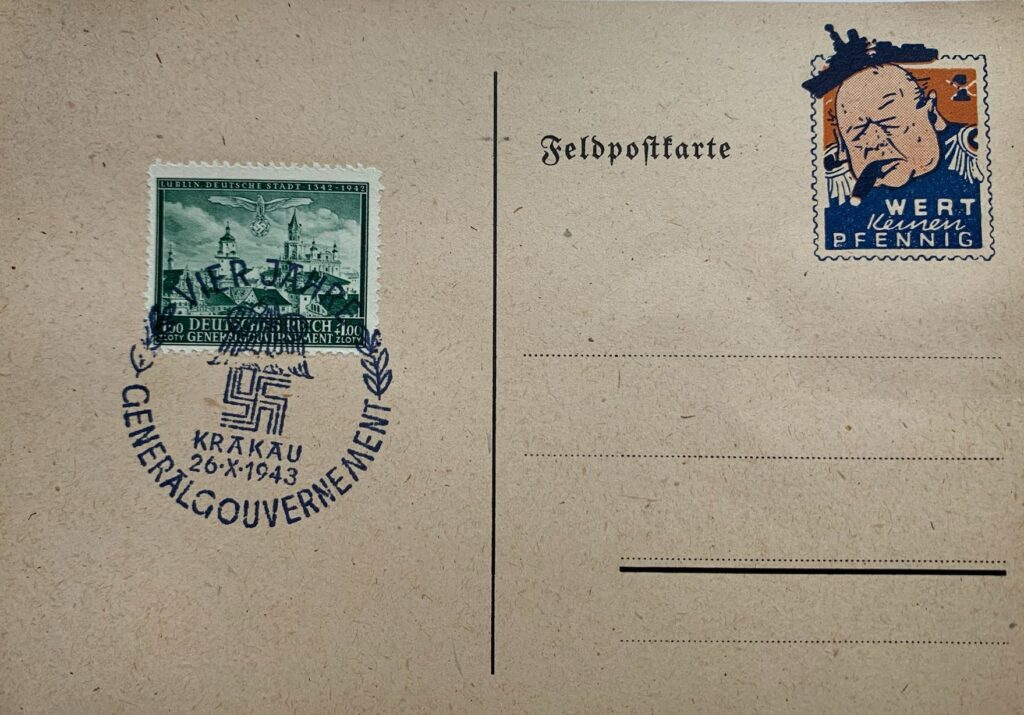
Winston Churchill Stamp (Occupied Poland)
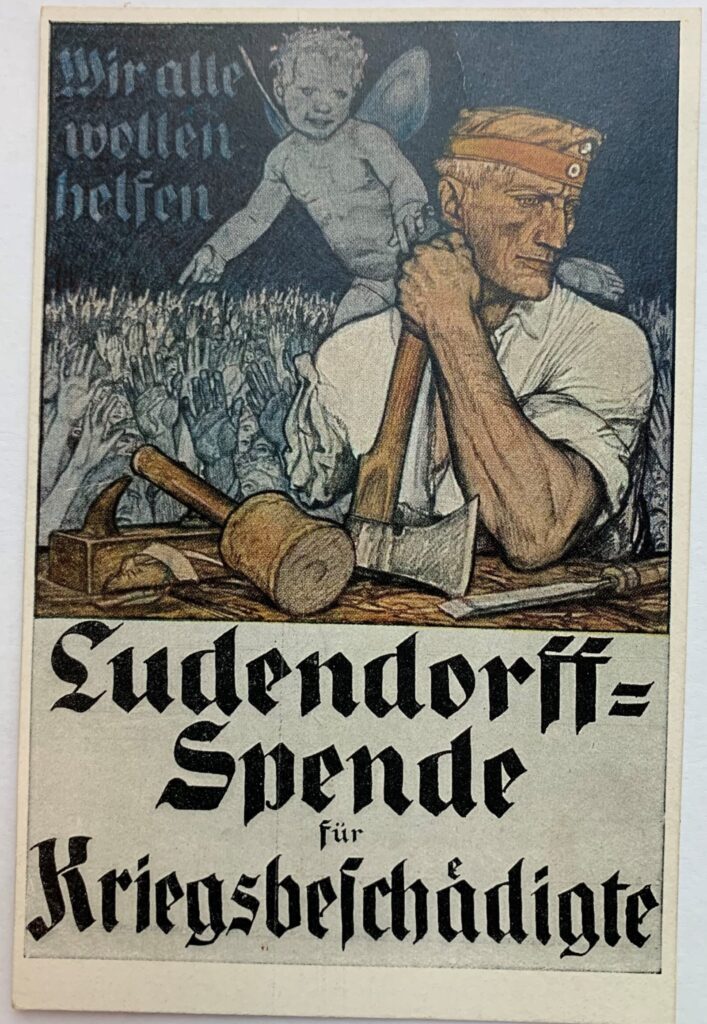
Nazi Veteran Disability Fundraiser
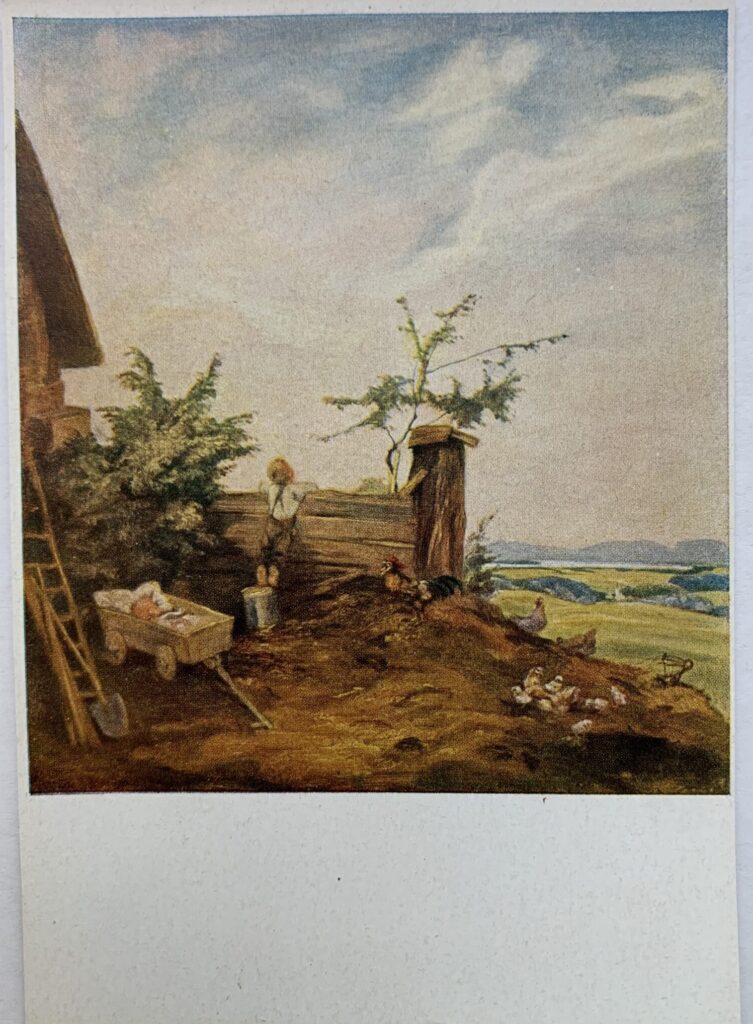
“Lookout” by Gustav Traub

1936 Berlin Olympics
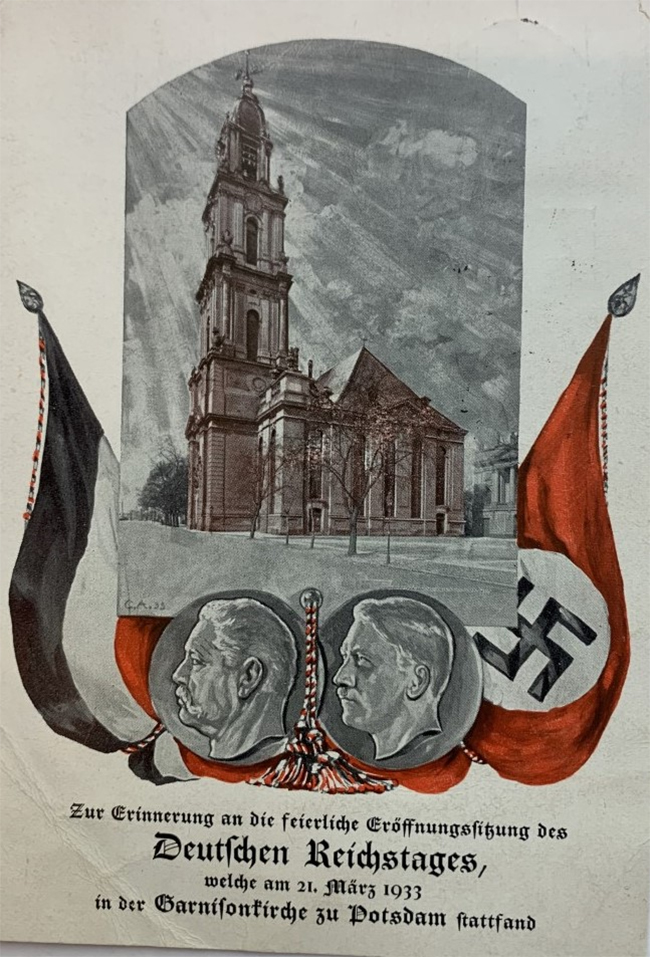
Potsdam Day (1933)
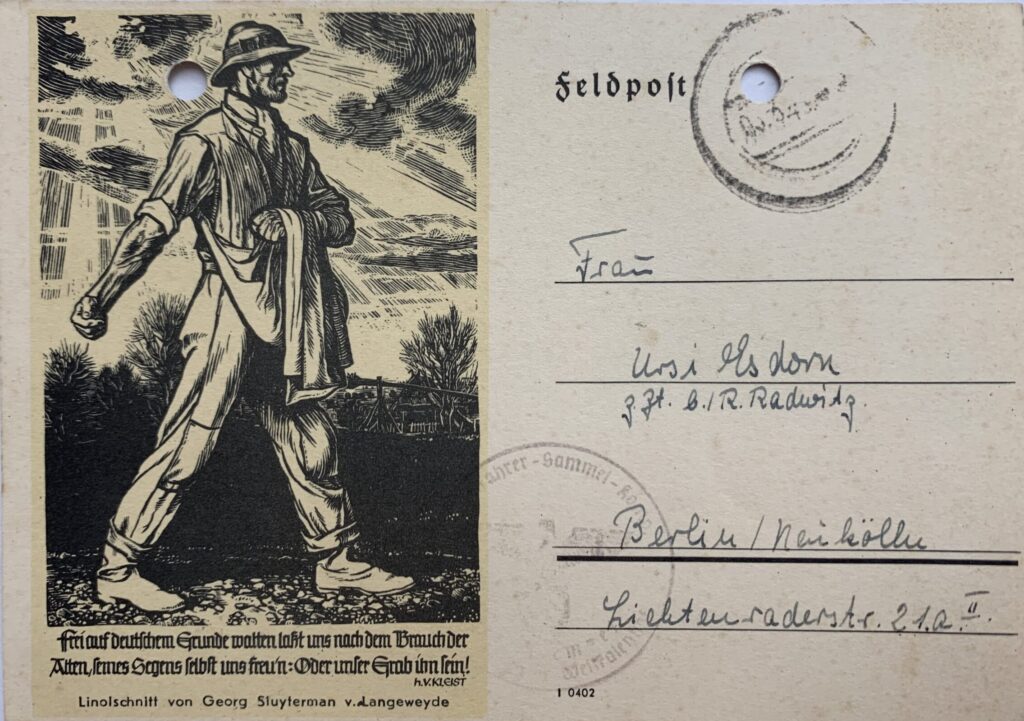
Marching Soldier (Feldpost)
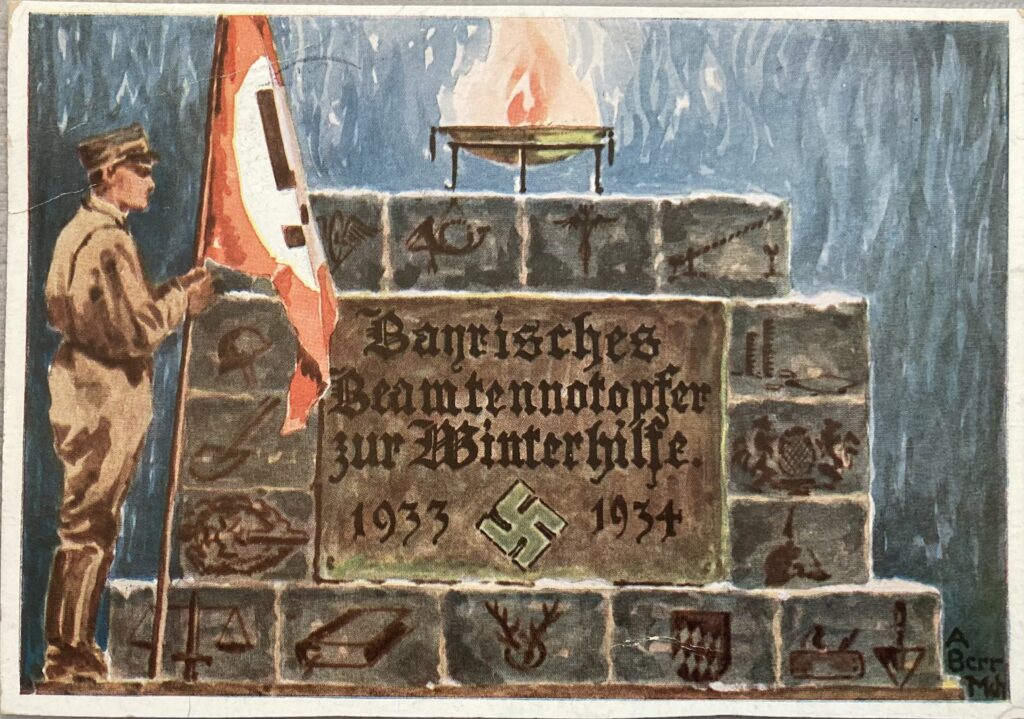
Winter Relief for the German People (1933-34)
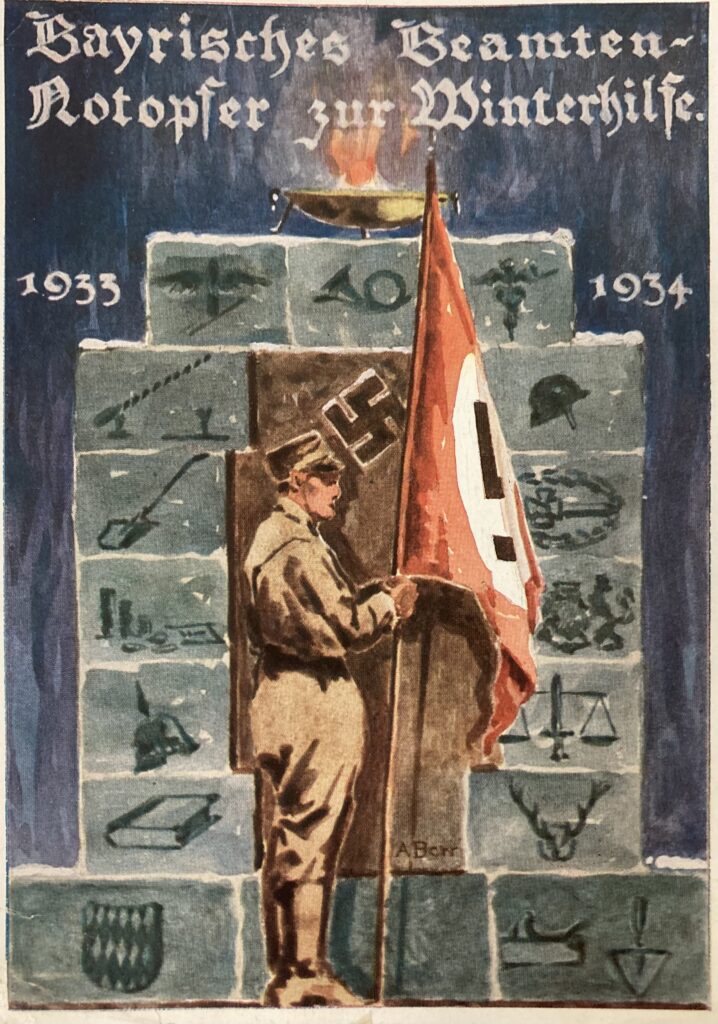
Winter Relief
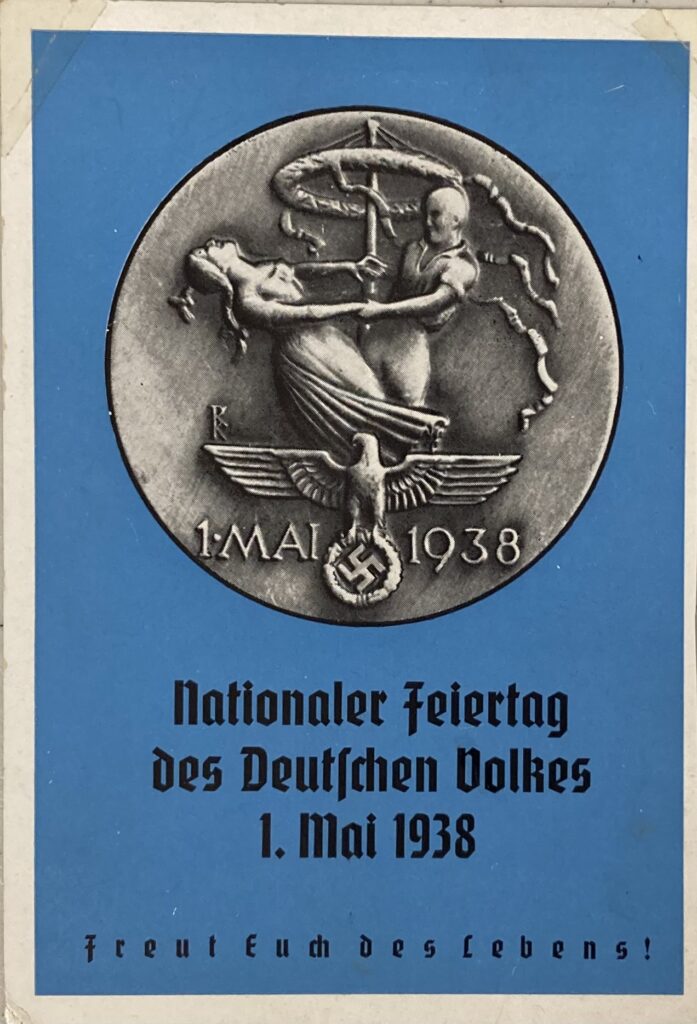
May Day (1938)
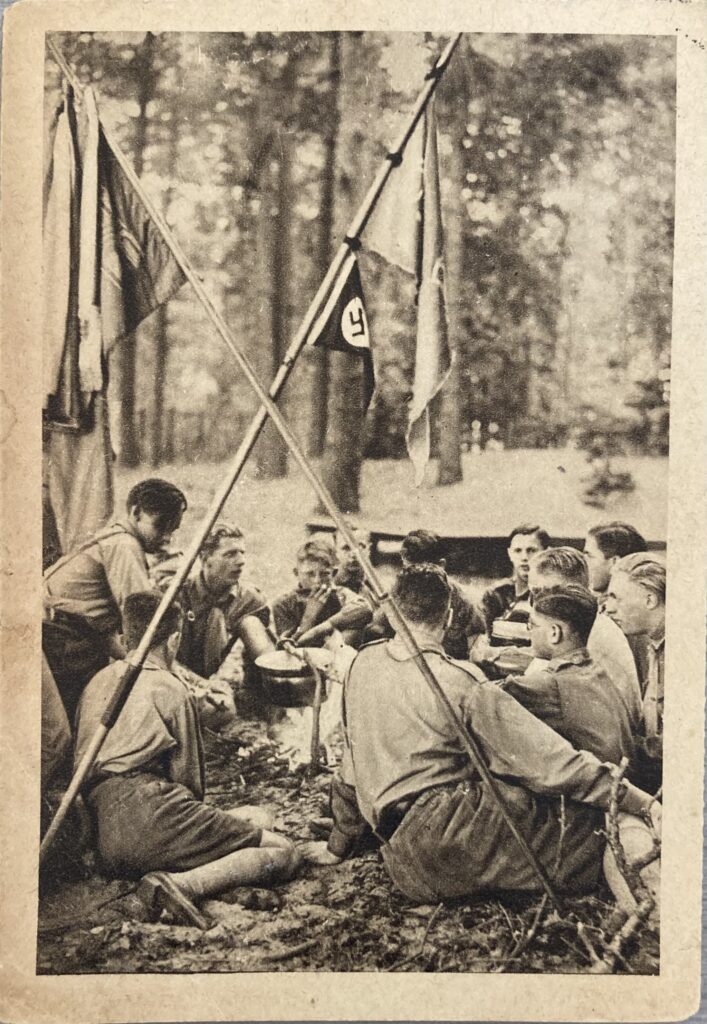
Hitler Youth Winter Relief
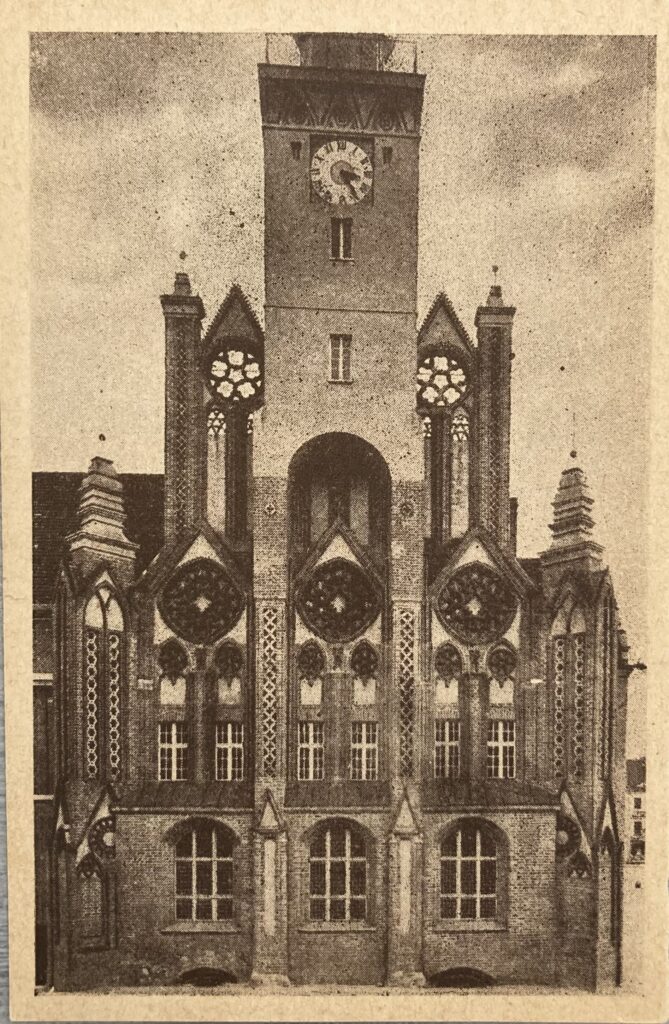
Frankfurt Old Town Hall
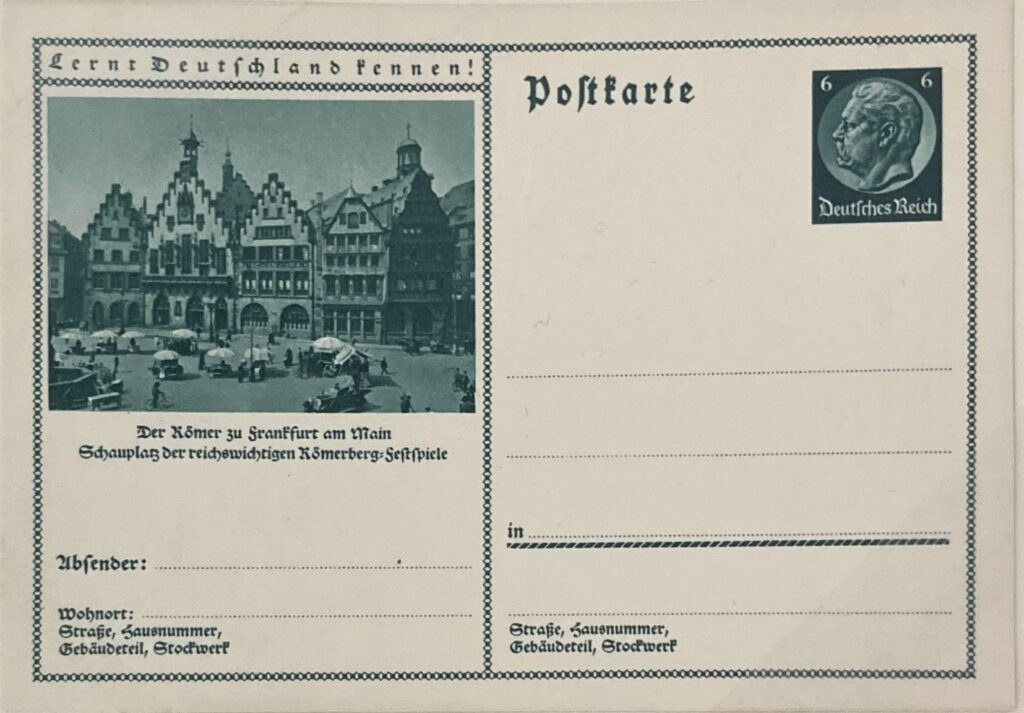
Get to Know Germany: Frankfurt am Main
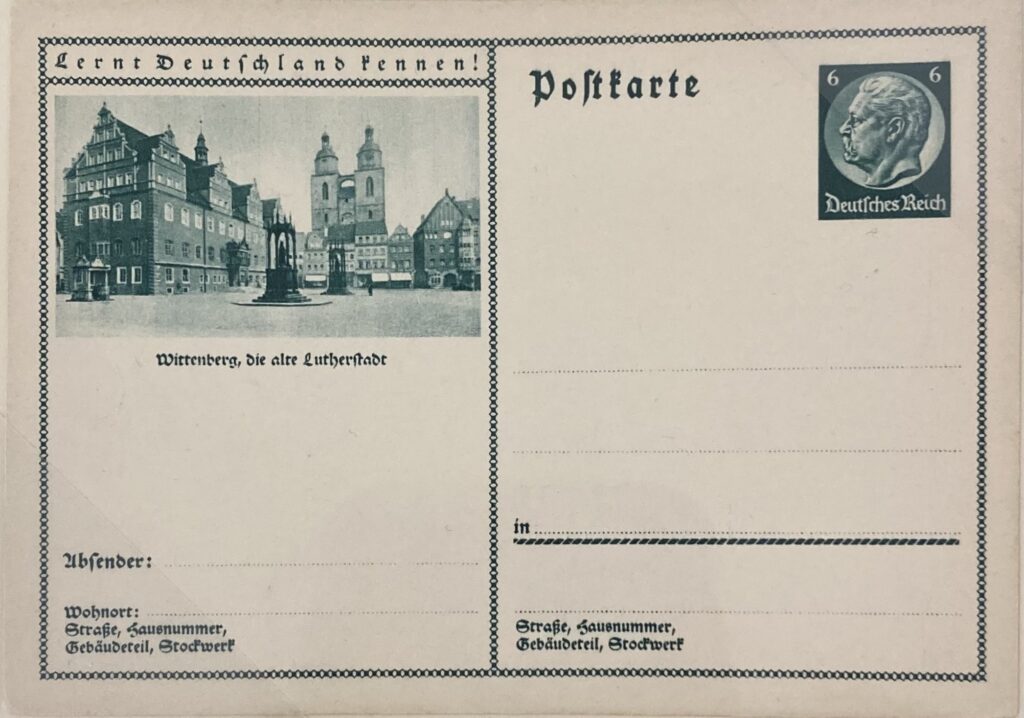
Get to Know Germany: Wittenberg
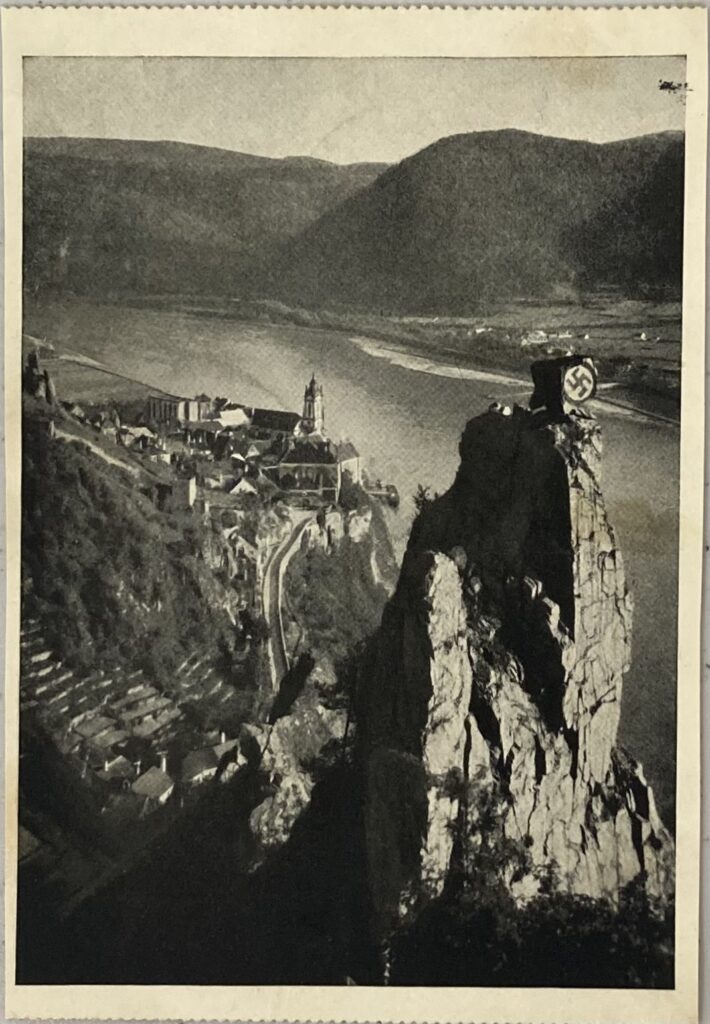
Dürnstein (Austria)
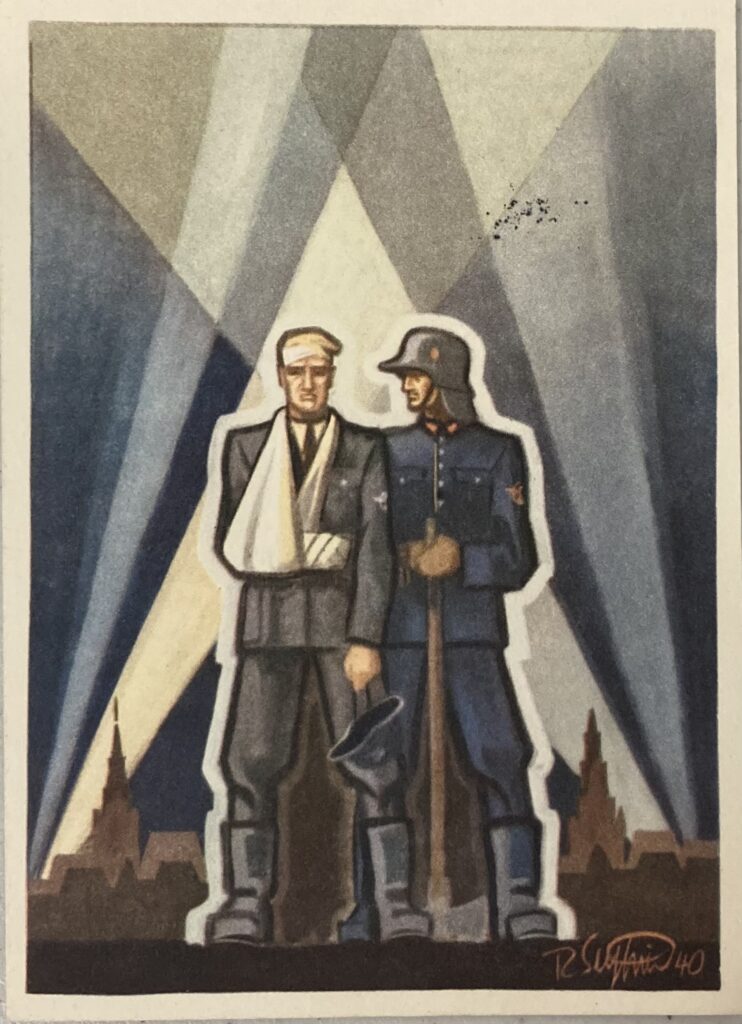
Day of the German Police (1941)
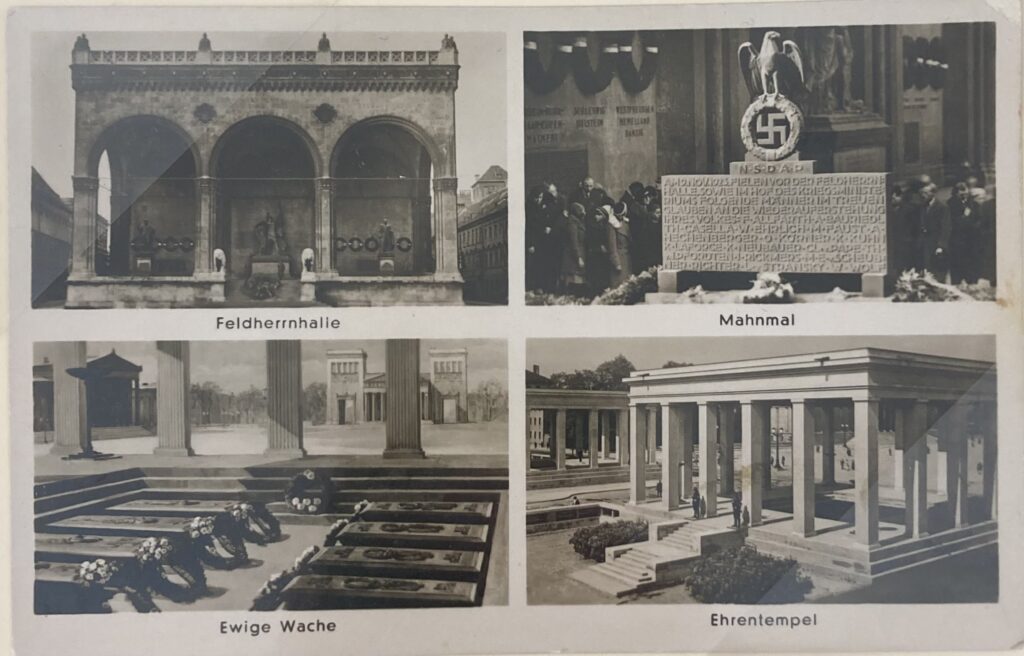
The Feldhernhalle (München)
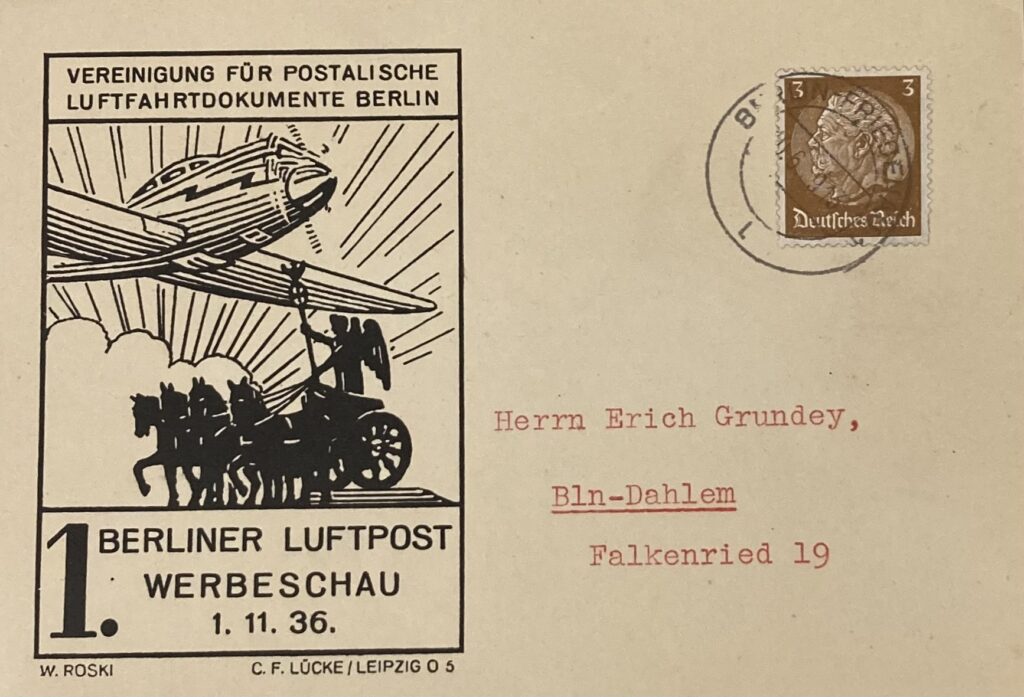
Association for Postal Aviation Documents Berlin
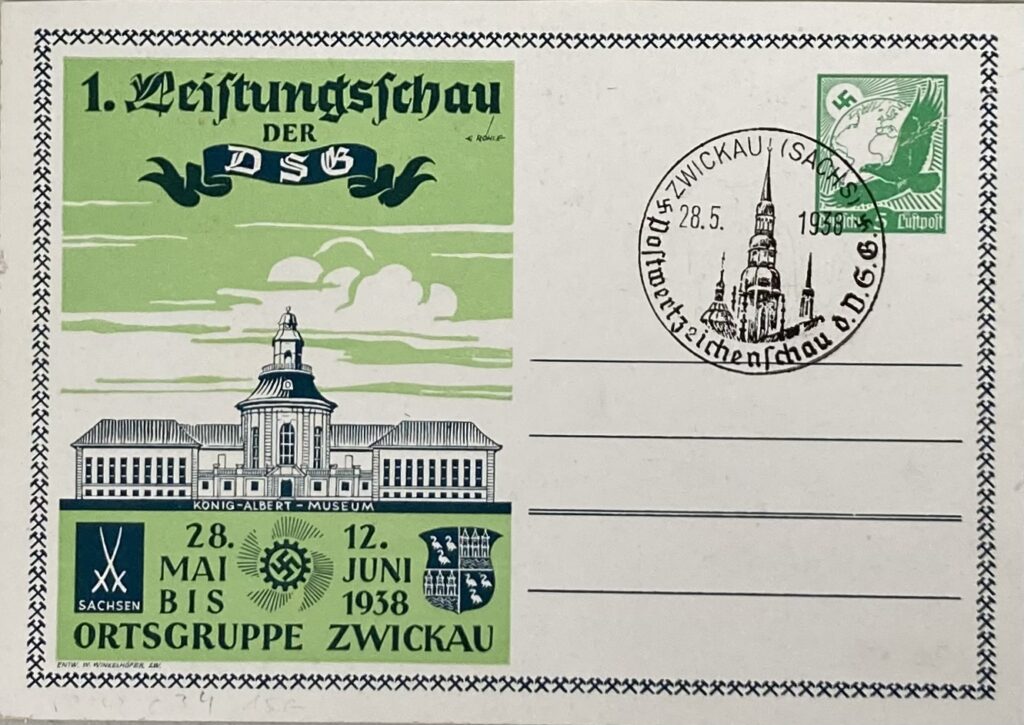
First Postal Show of local German Collectors’ Group
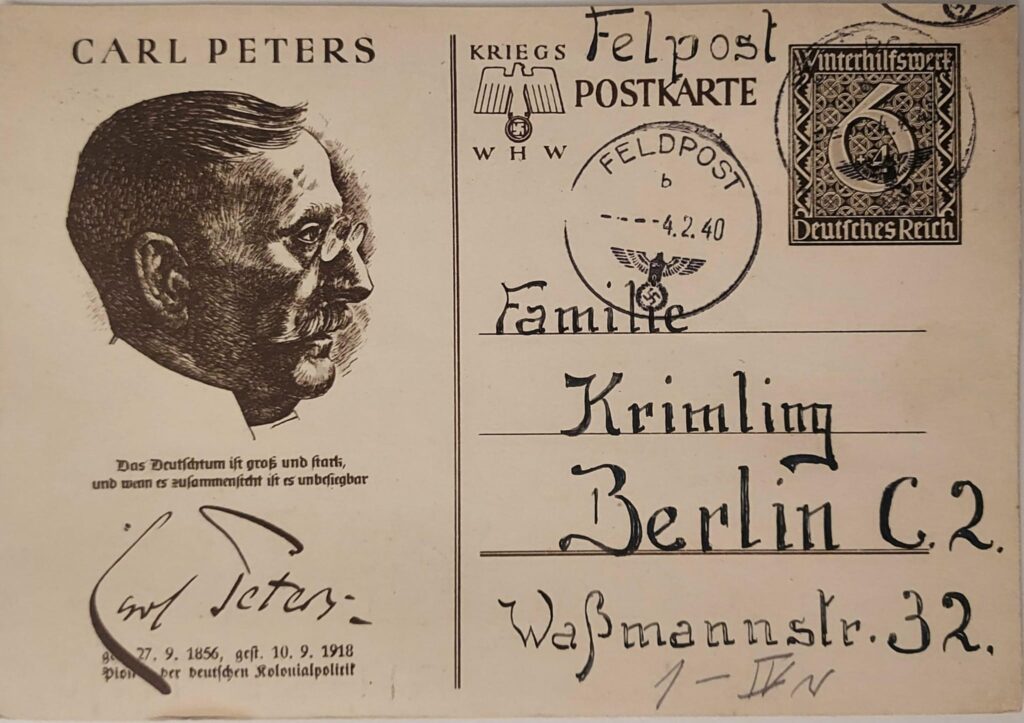
Carl Peters
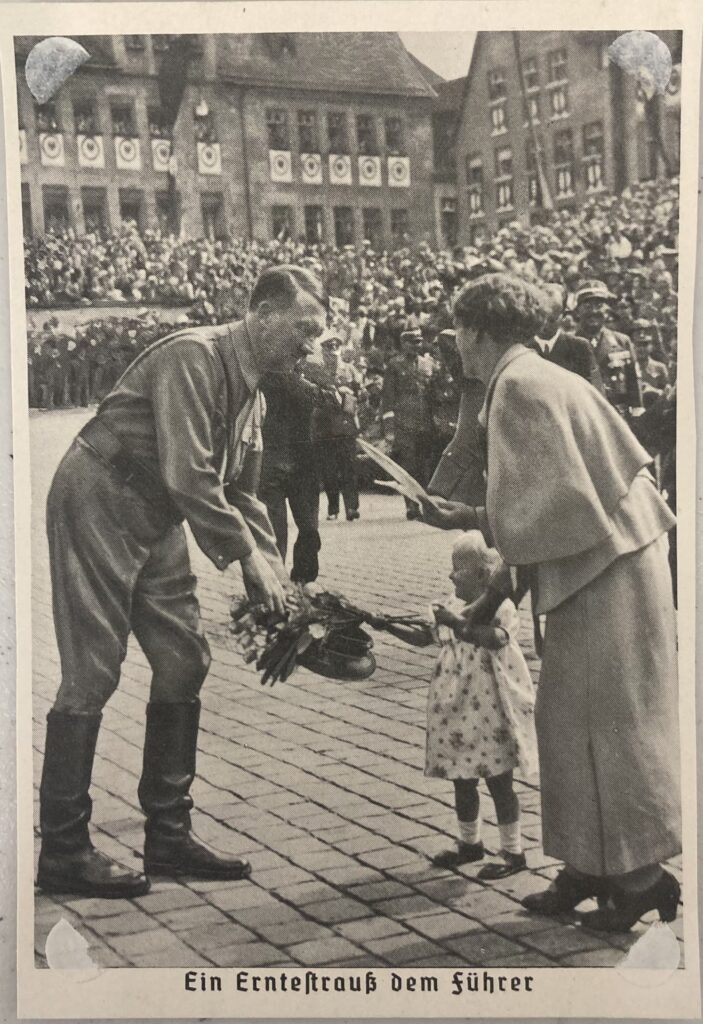
Hitler with youth (2)
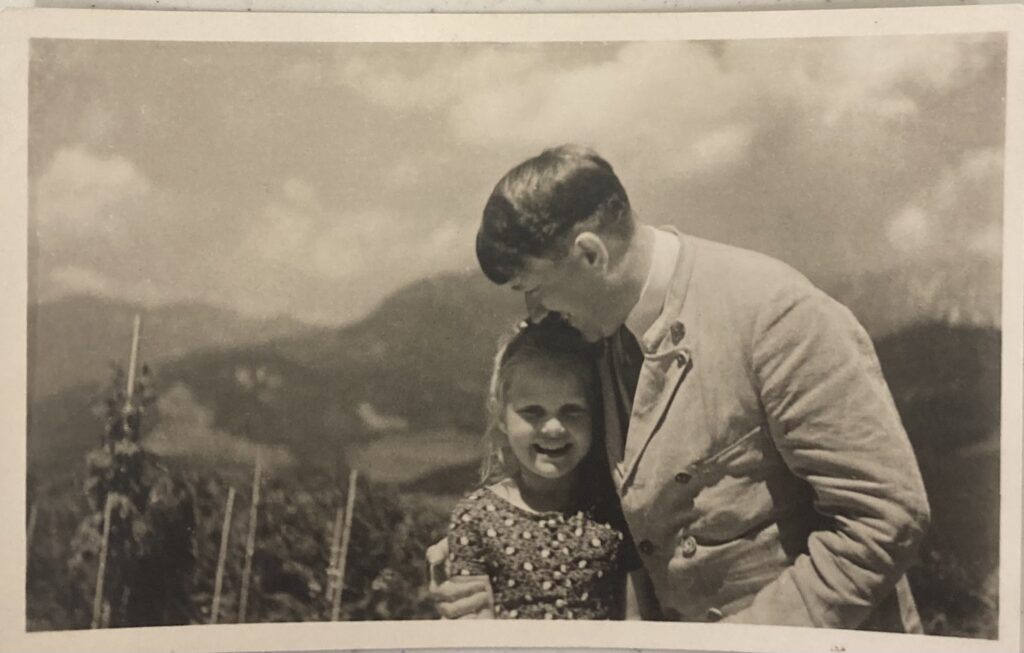
Hitler with youth
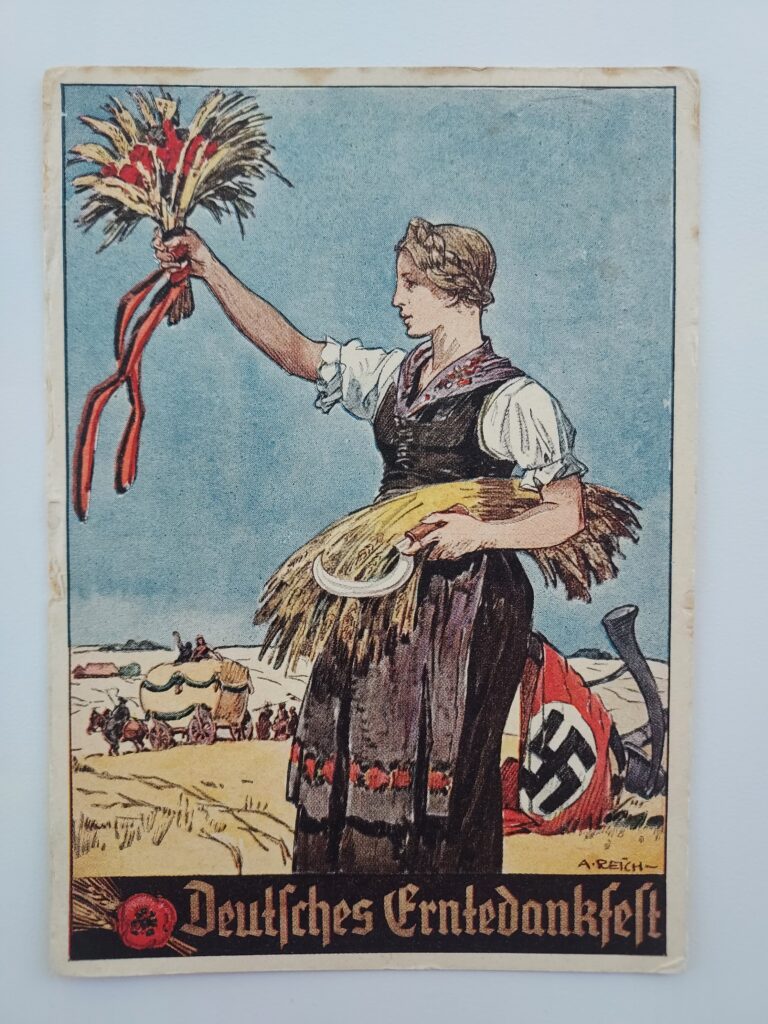
Deutsches Erntedankfest

Horst Wessel Song
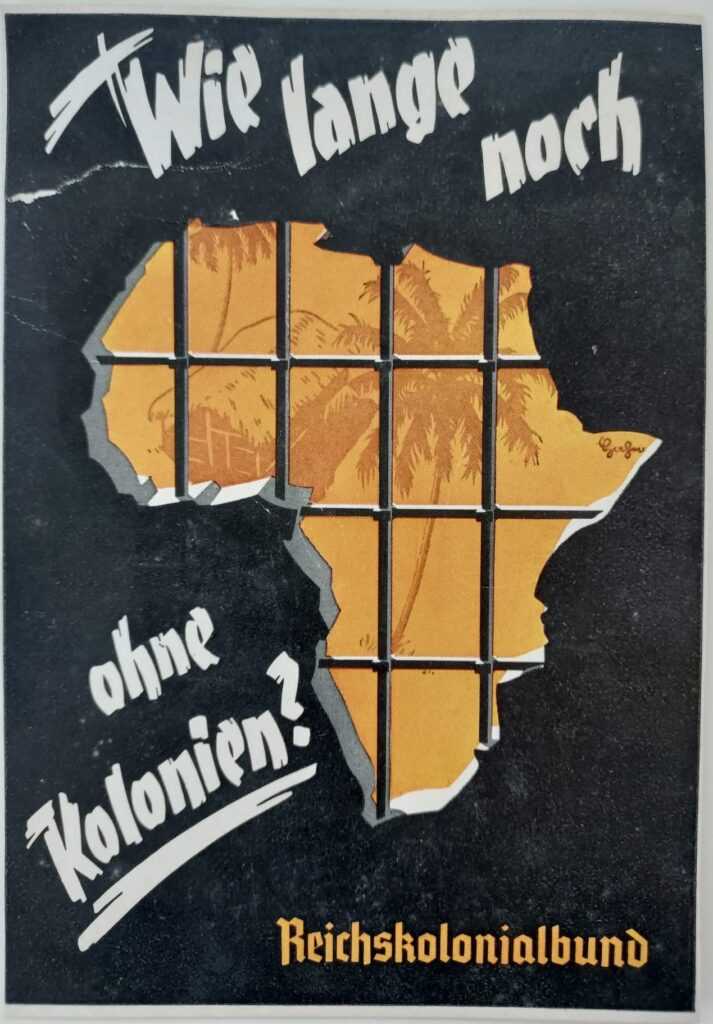
Reichskolonialbund
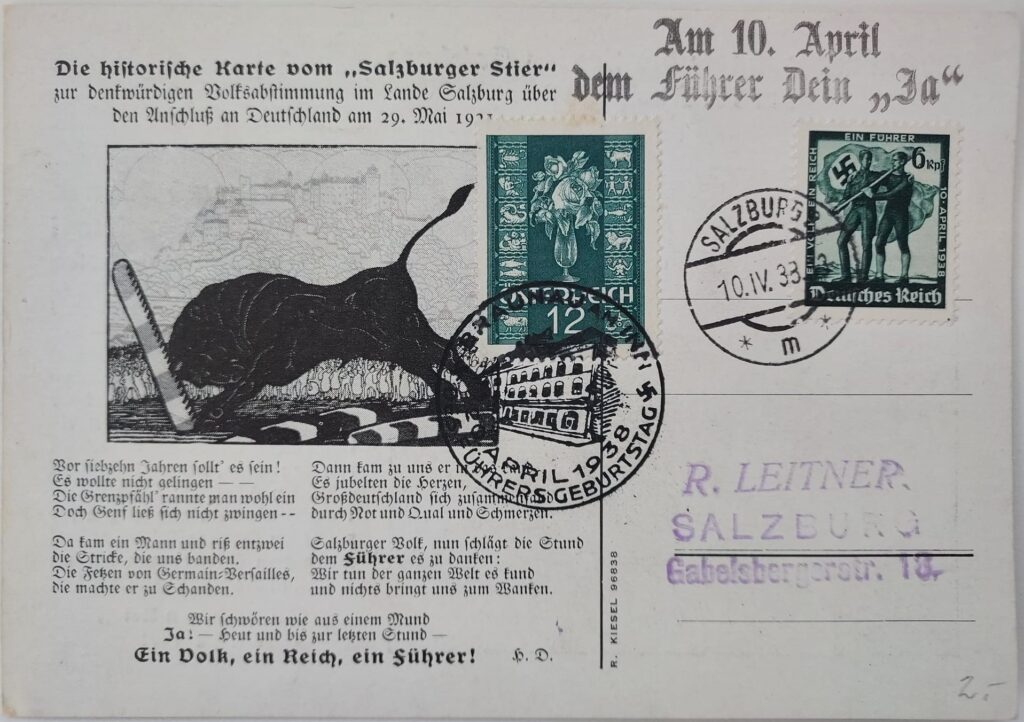
Salzburg Stier
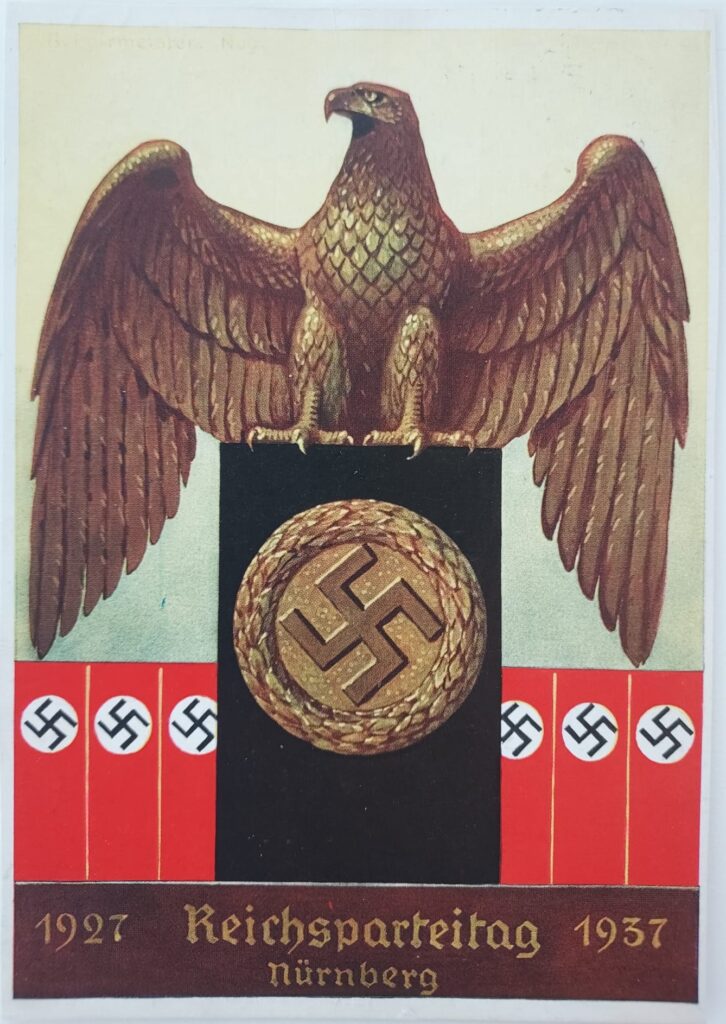
Reichsparteitag
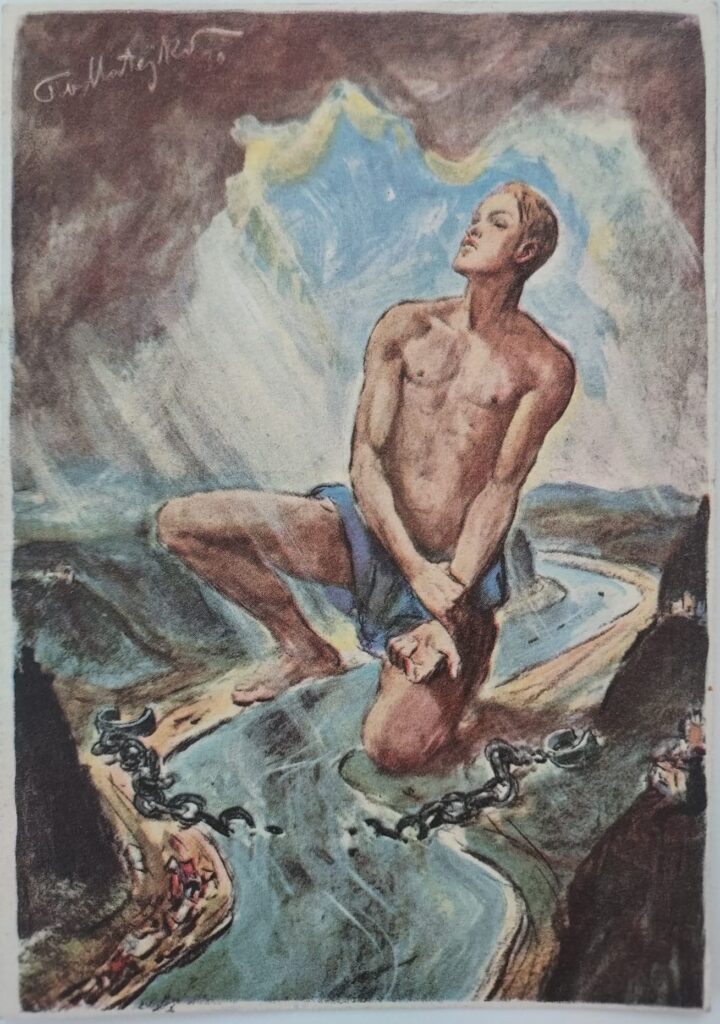
Befreiungsfeier
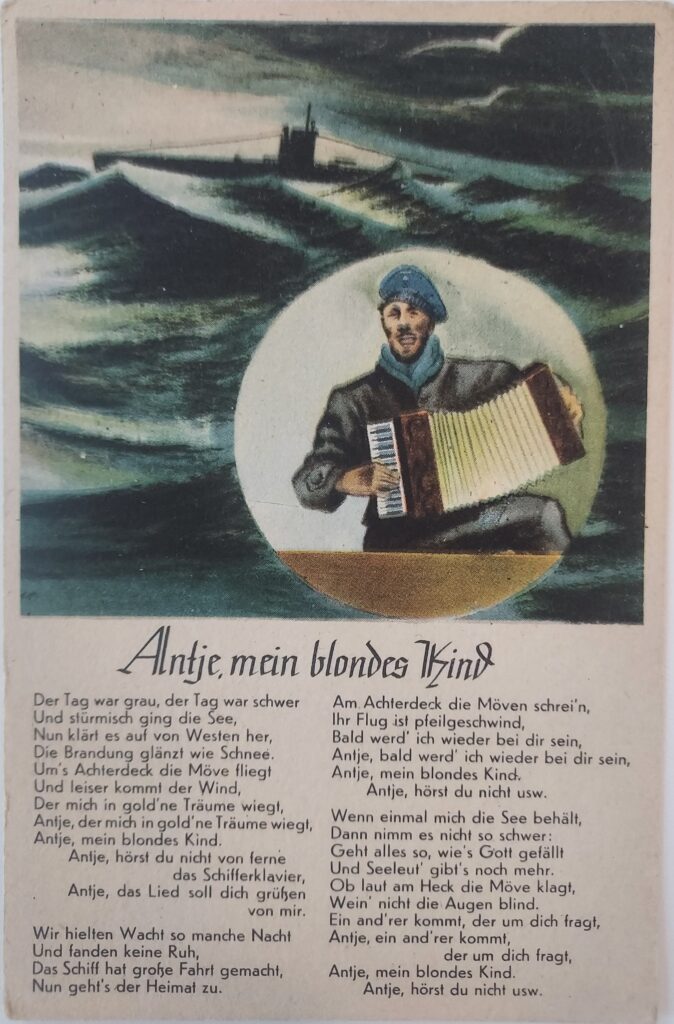
Antje Mein Blondes Kind
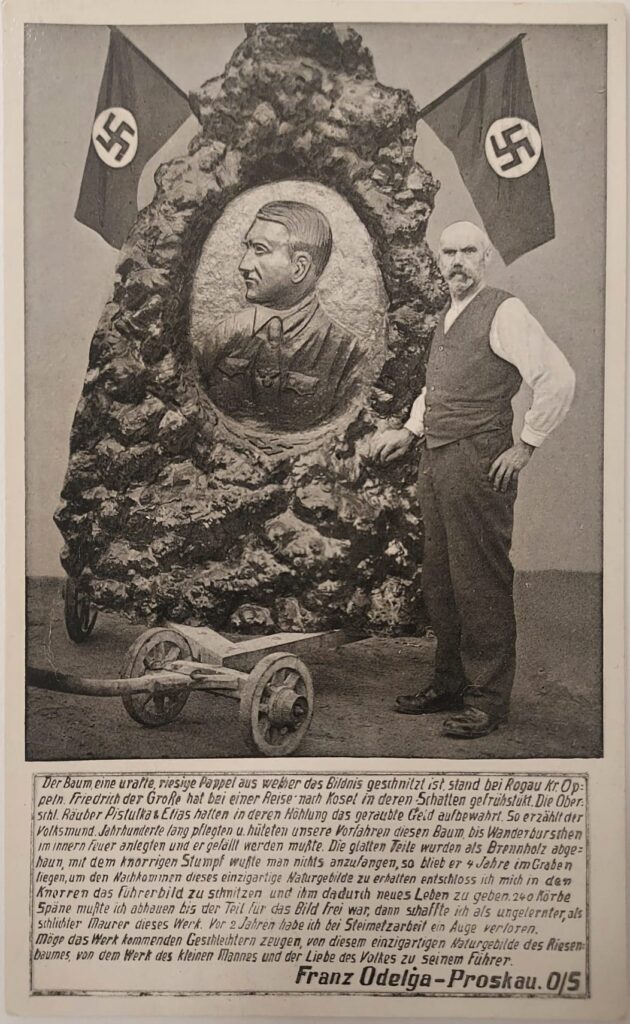
Treecarving of Hitler
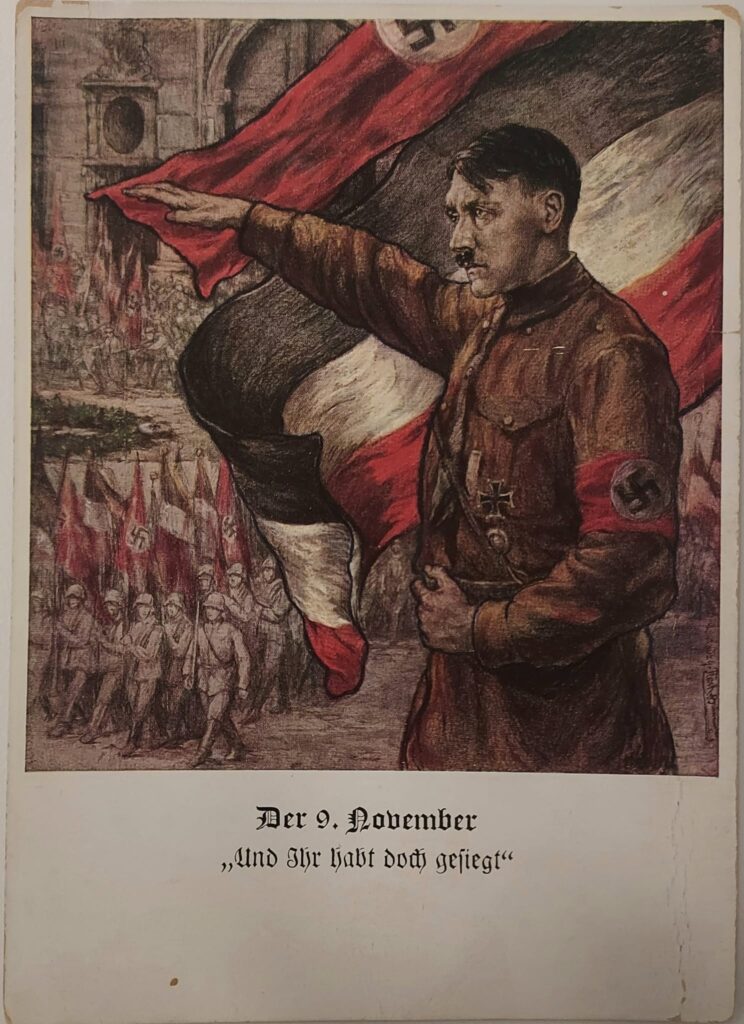
Und Ihr habt doch gesiegt

Stamp Exhibition
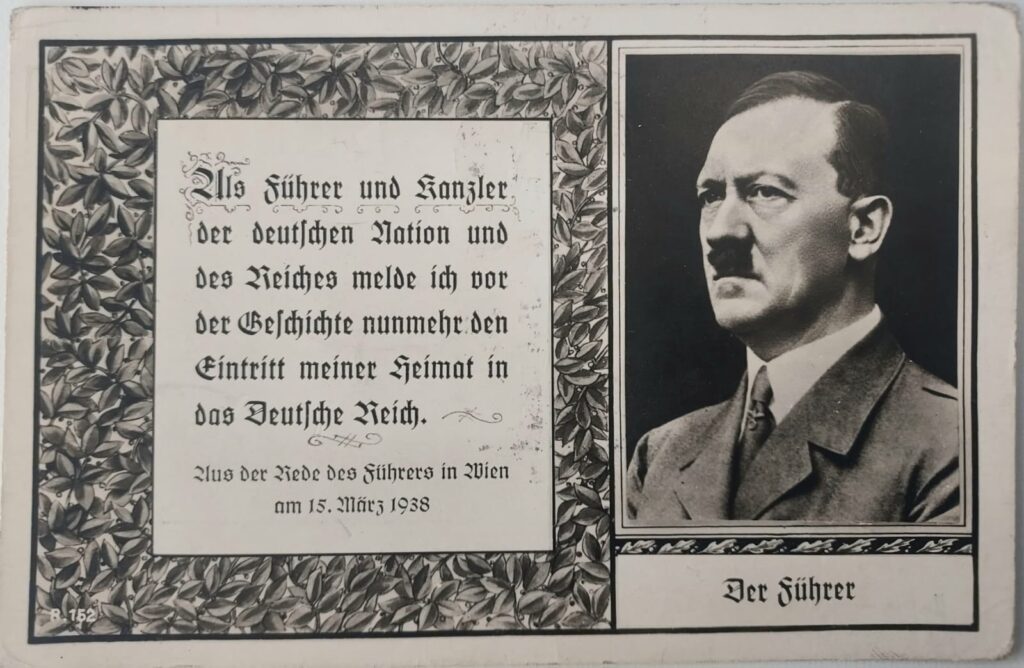
Anschluss Speech
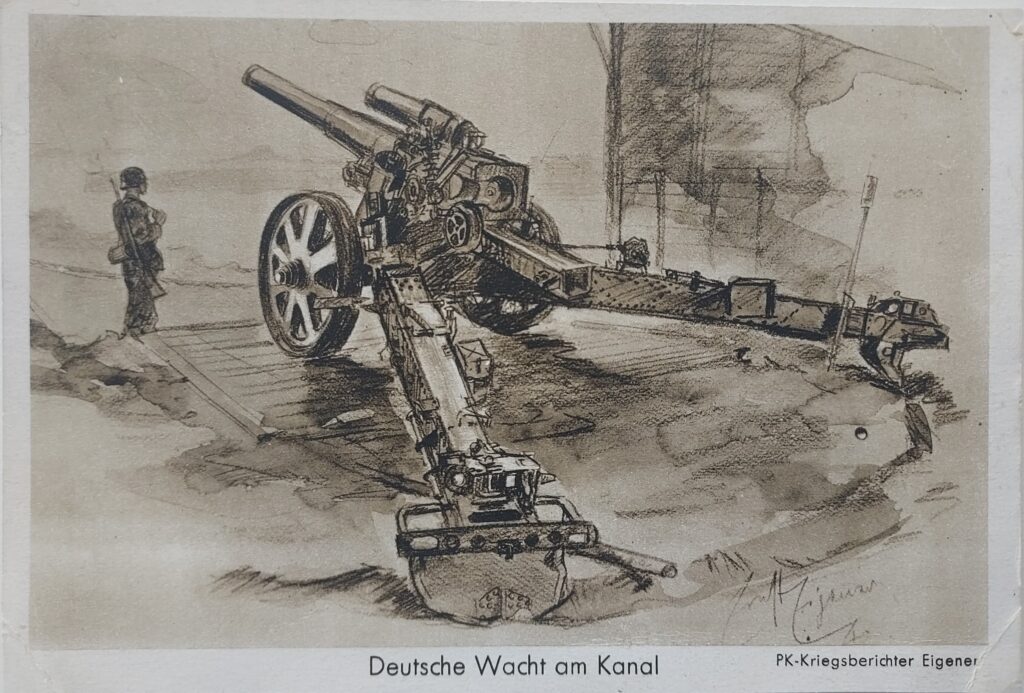
Soldier Walter Sparing
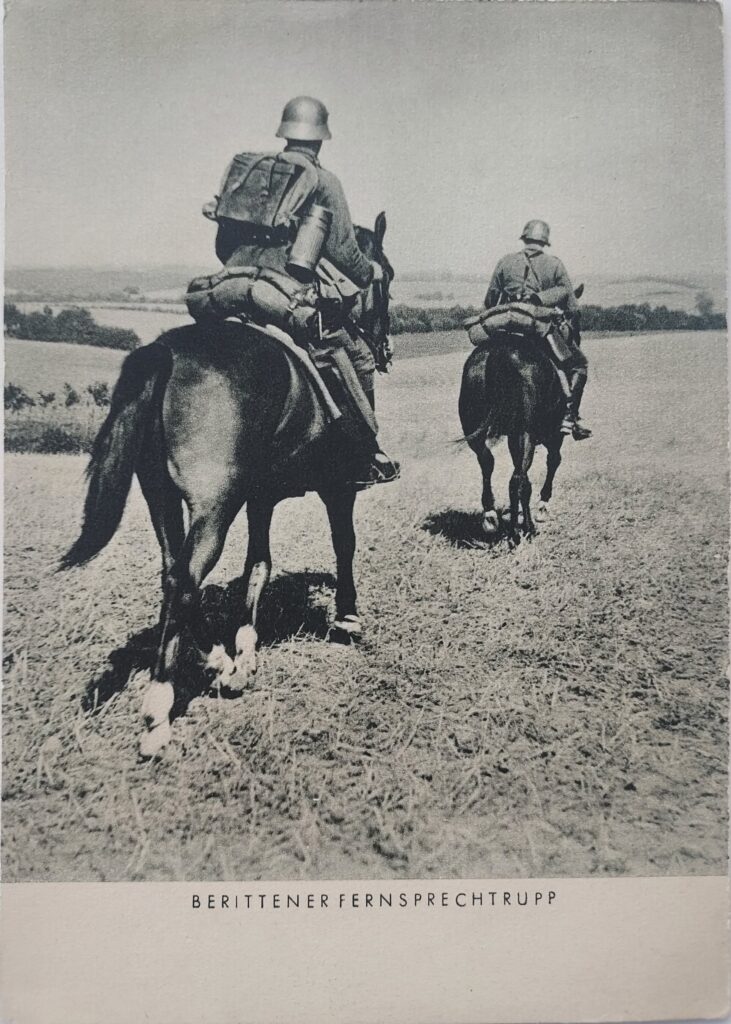
Mounted Telephone Crew
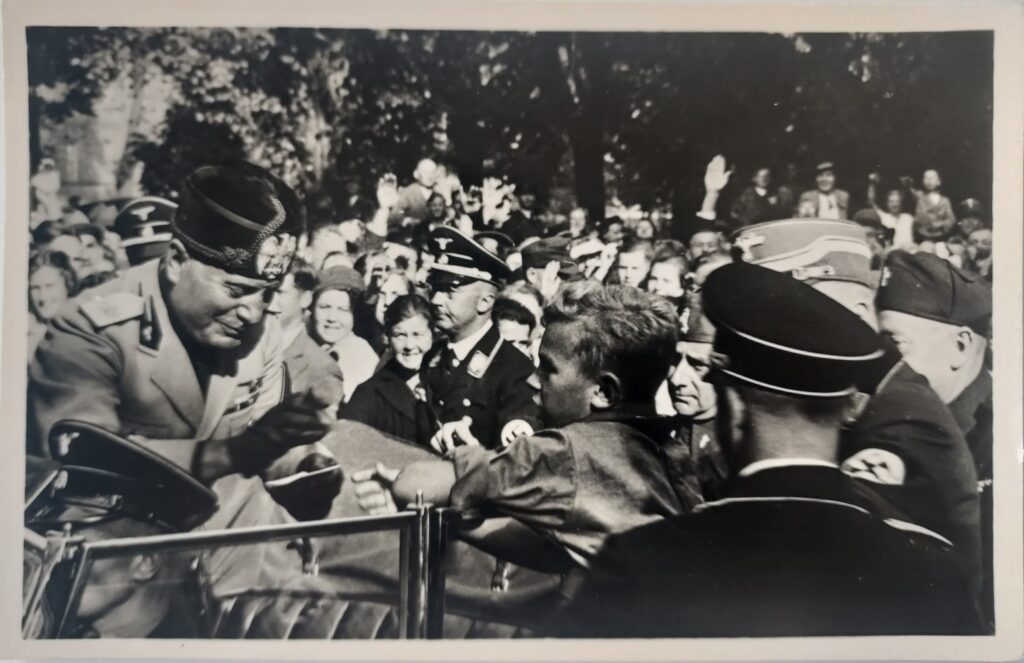
Mussolini Signing Autograph
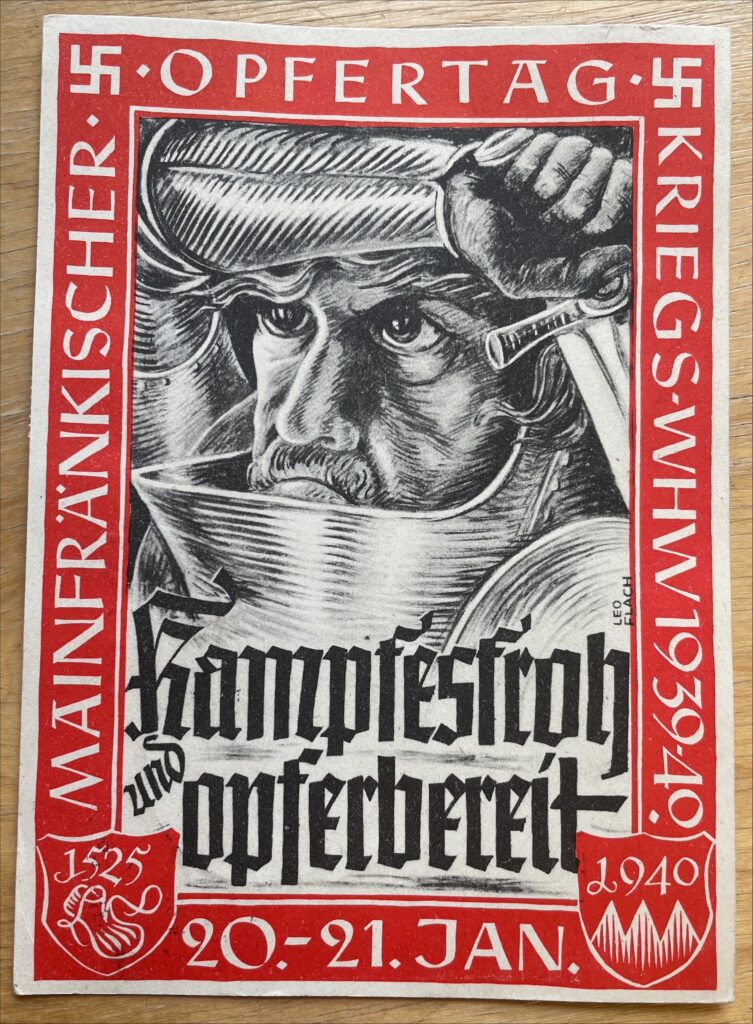
Mainfränkischer Opfertag Kriegs
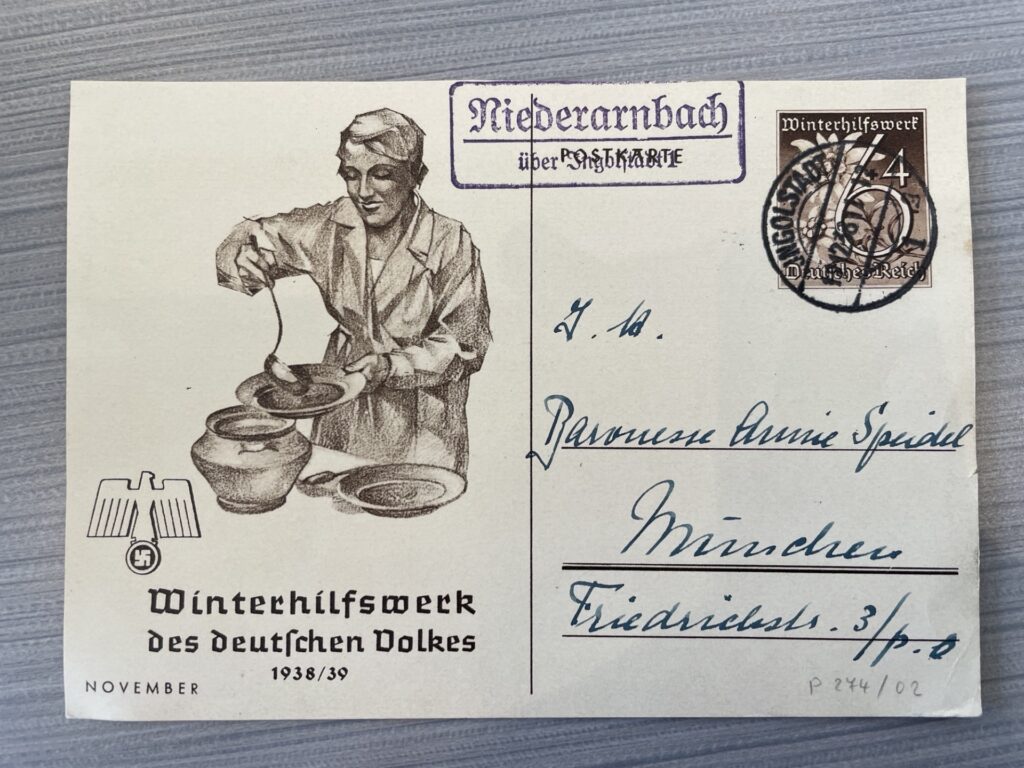
Winterhilfswerk des Deutchen Dolkes
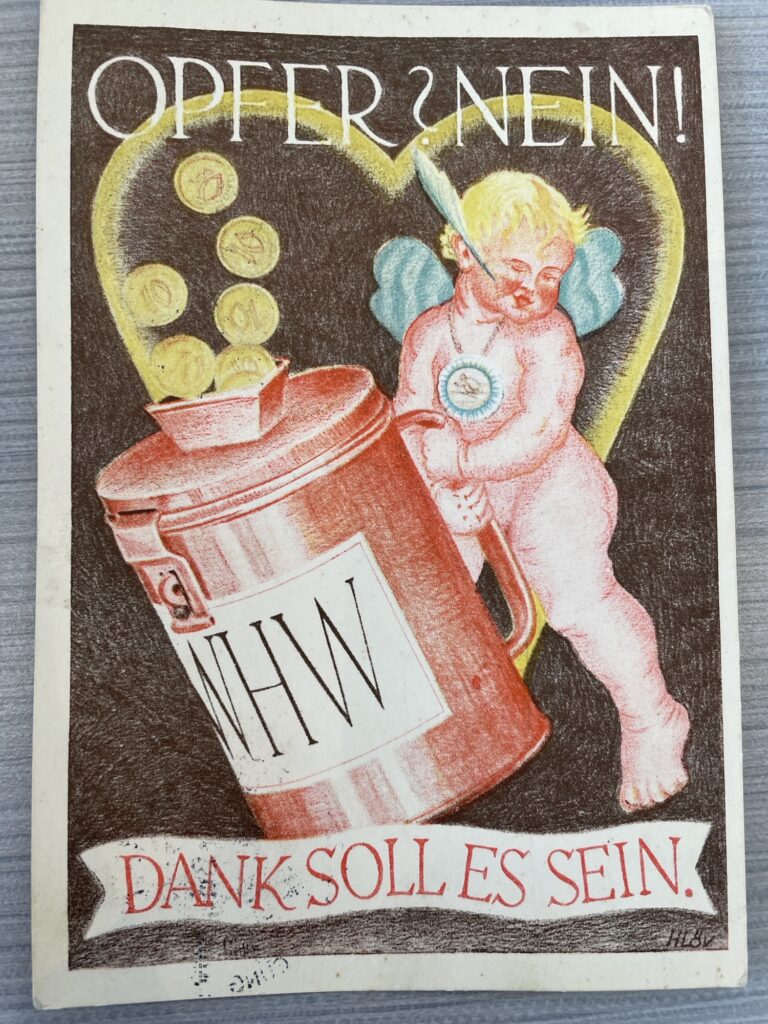
Opfer? Nein!
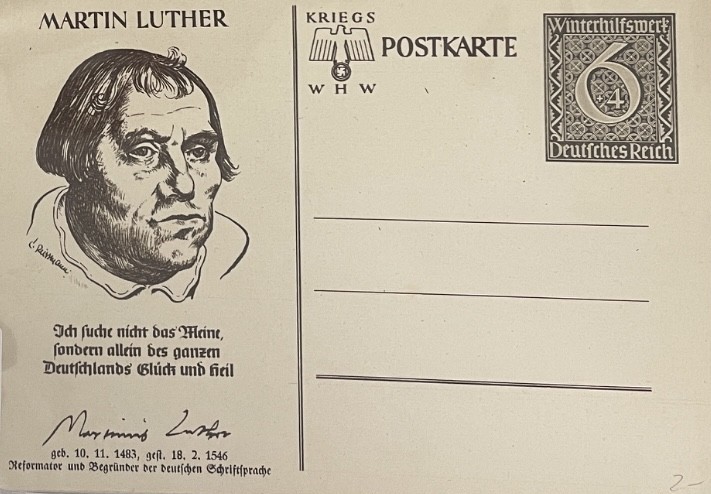
Martin Luther
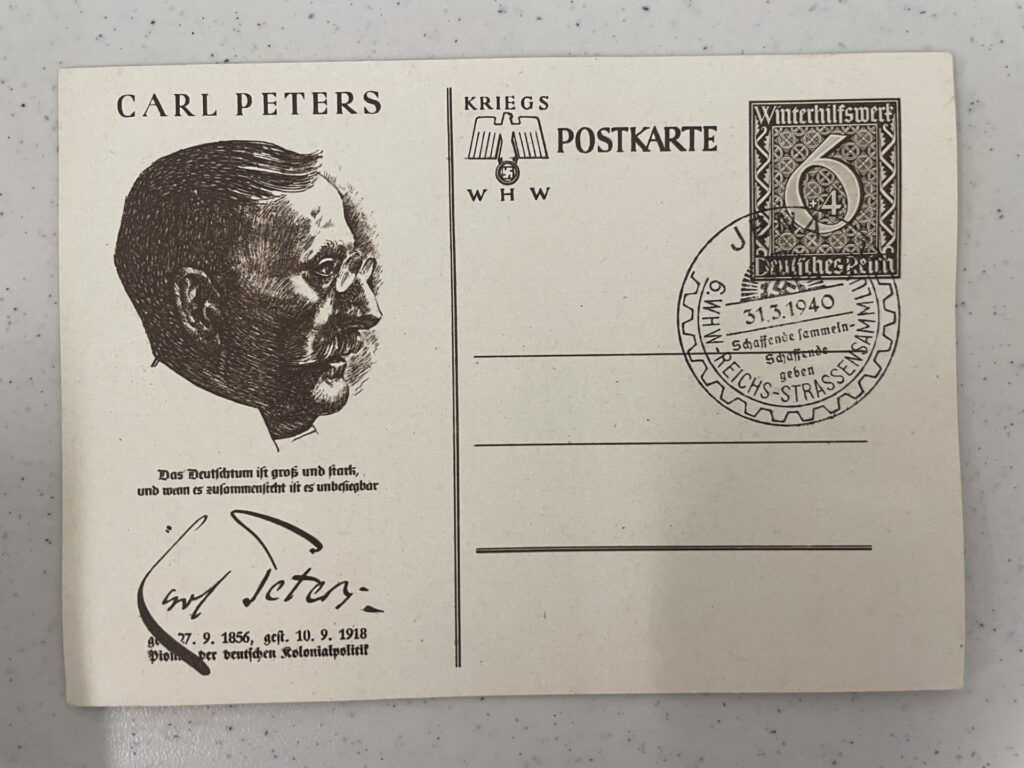
Carl Peters
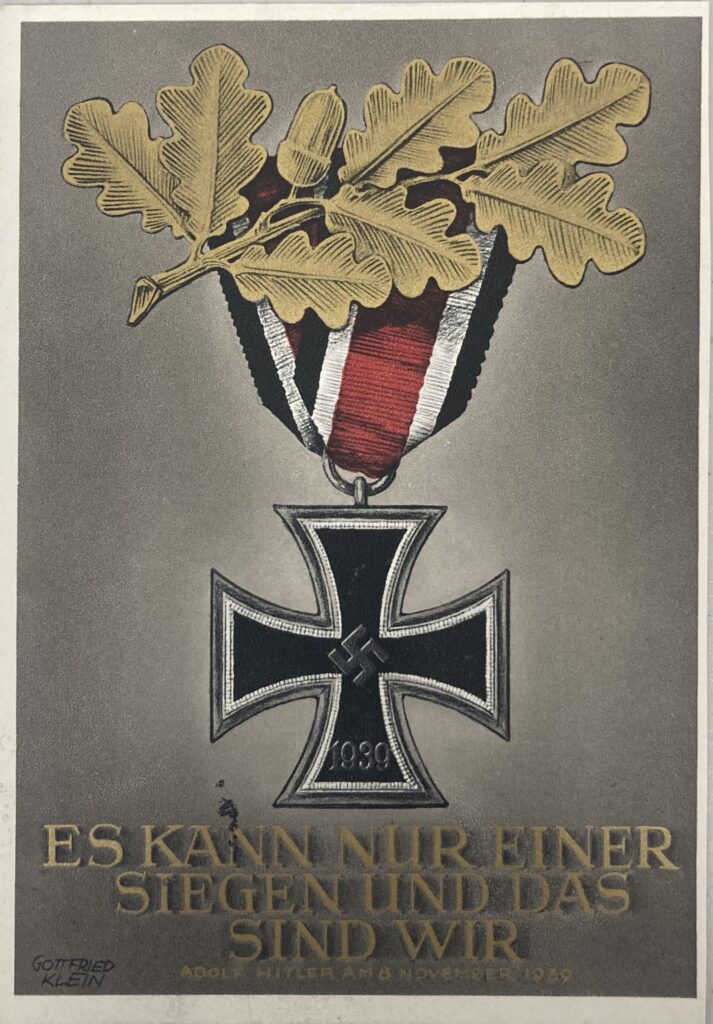
Bravery Medal

Hitler and the Red Cross
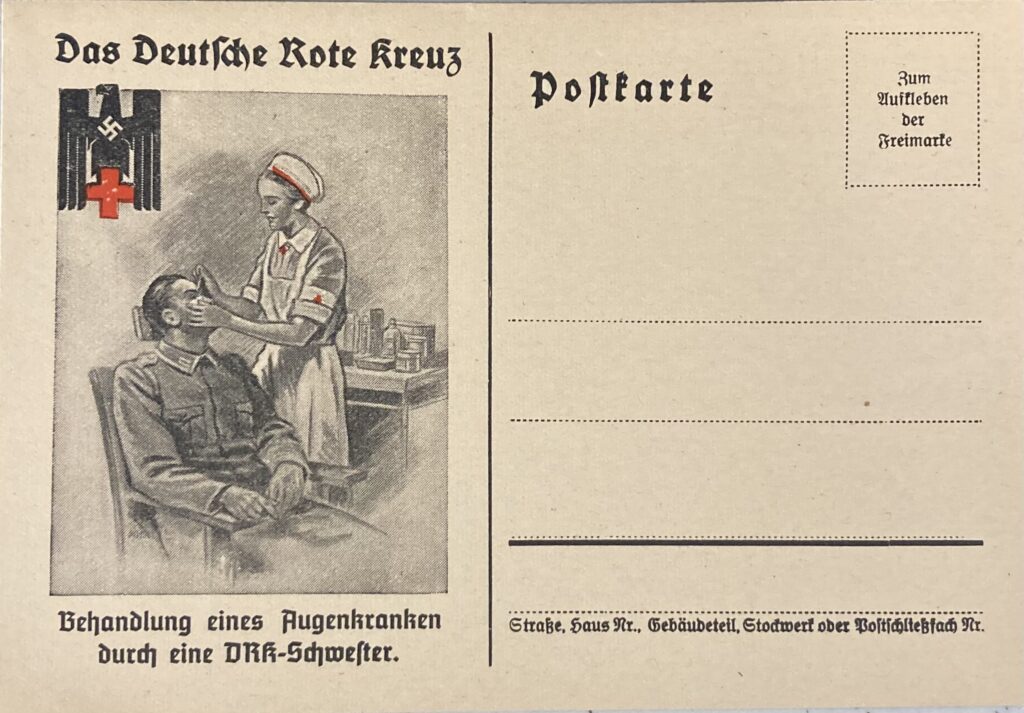
German Red Cross

Gautag Saxony
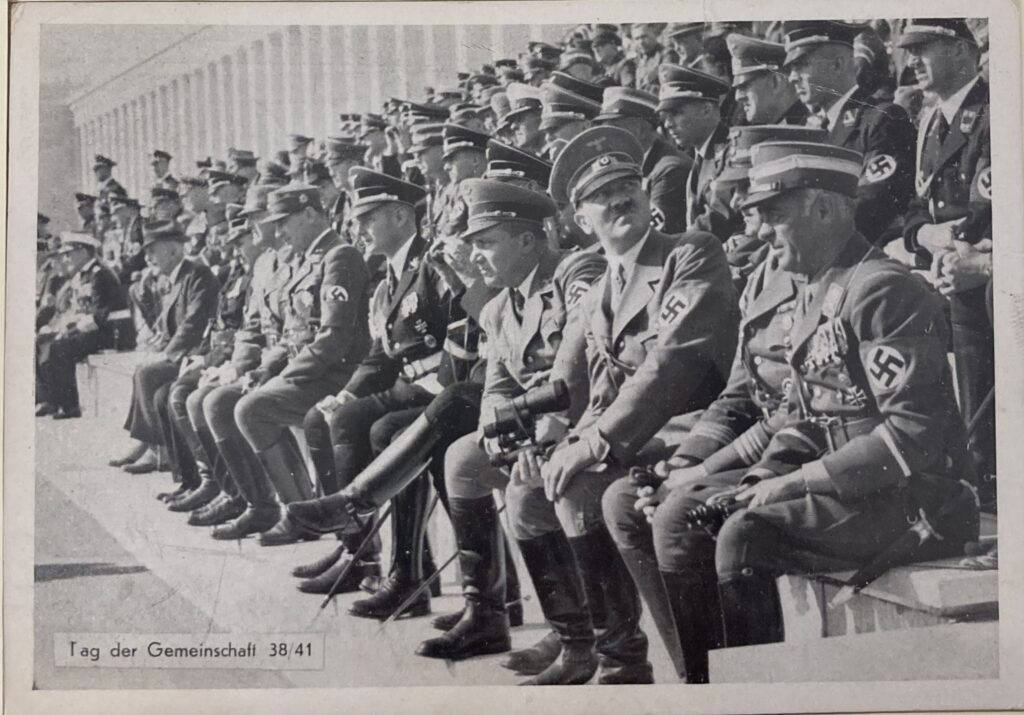
Day of the Community (Nuremberg)
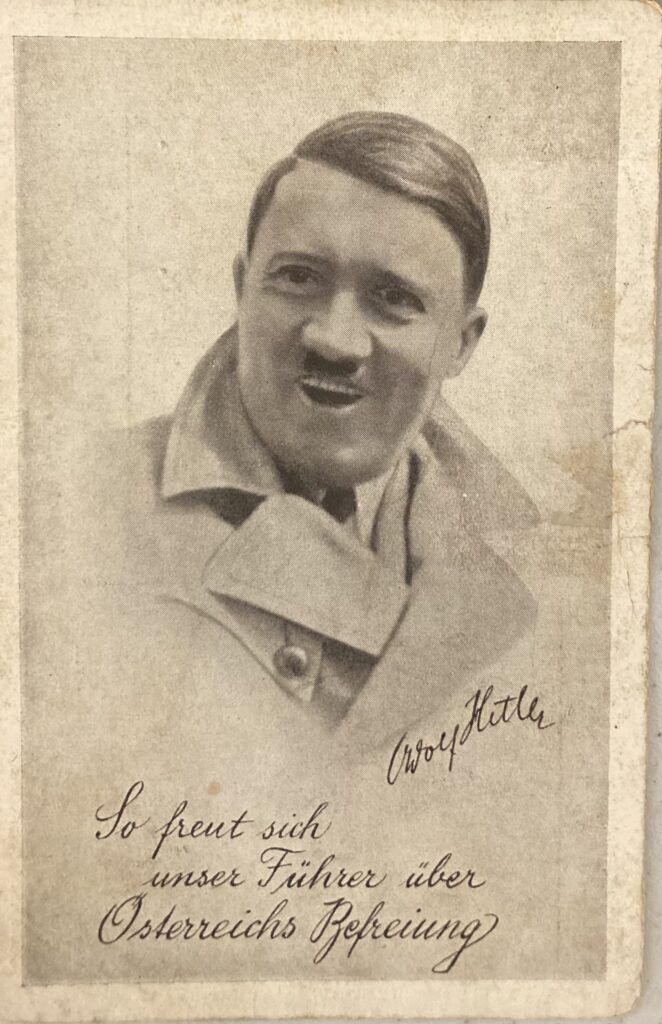
Anschluss ( Annexation of Austria – 1938)
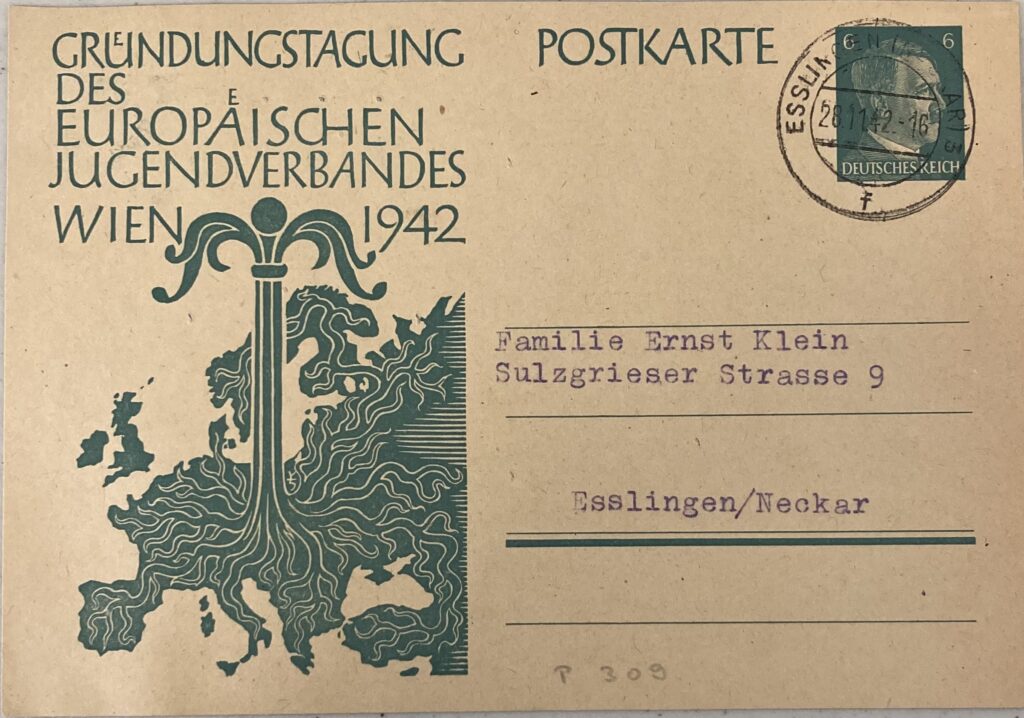
European Youth Association (Vienna)

Nuremberg (1935)
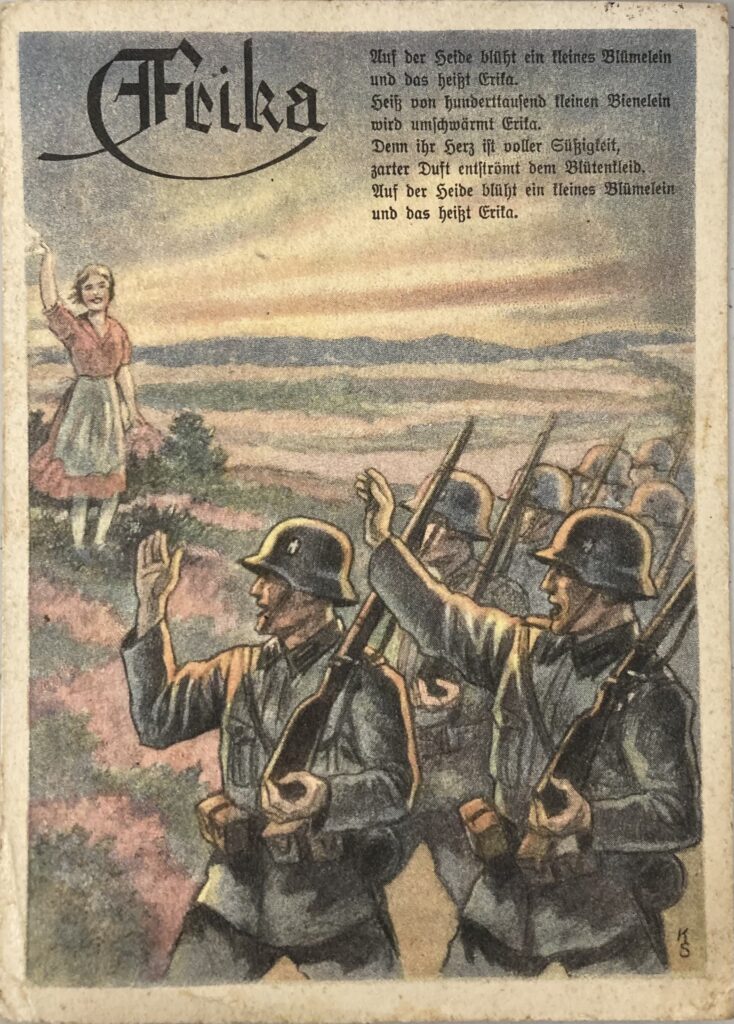
“Erika” Marching Song
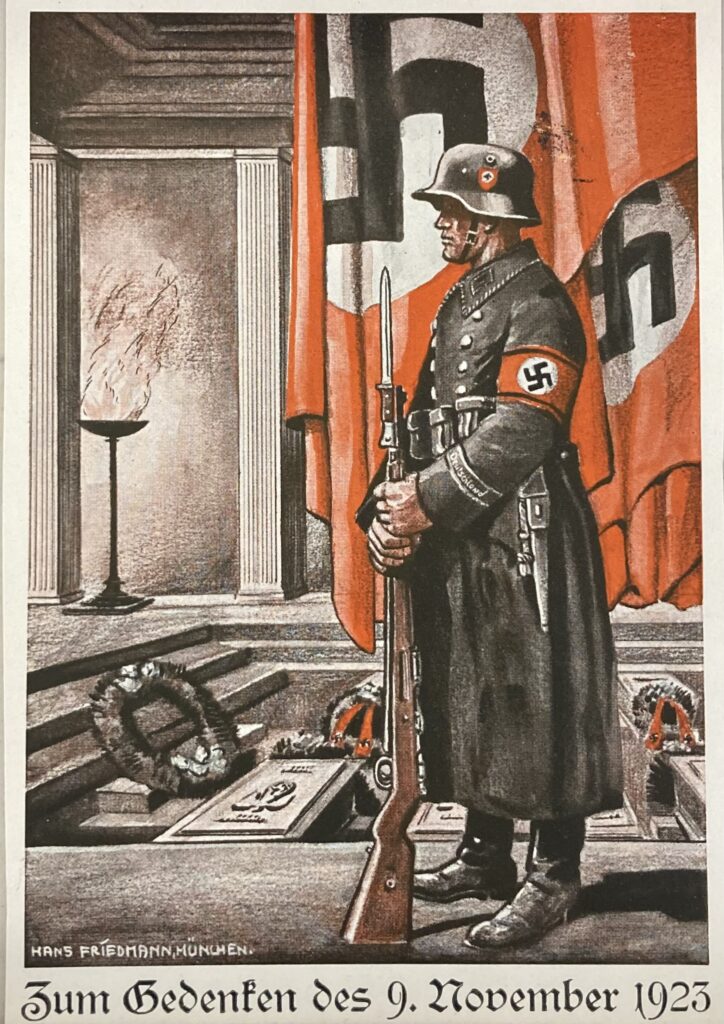
Commemoration of Beer Hall Putsch (November 9, 1923)
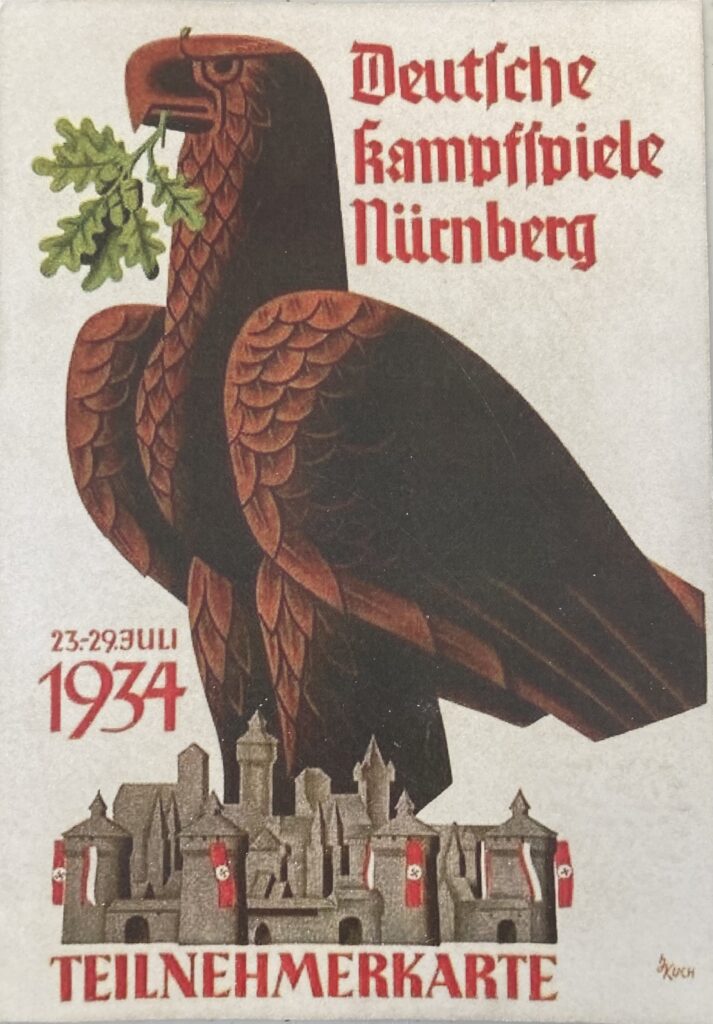
German Fighting Games (Nuremberg 1934)
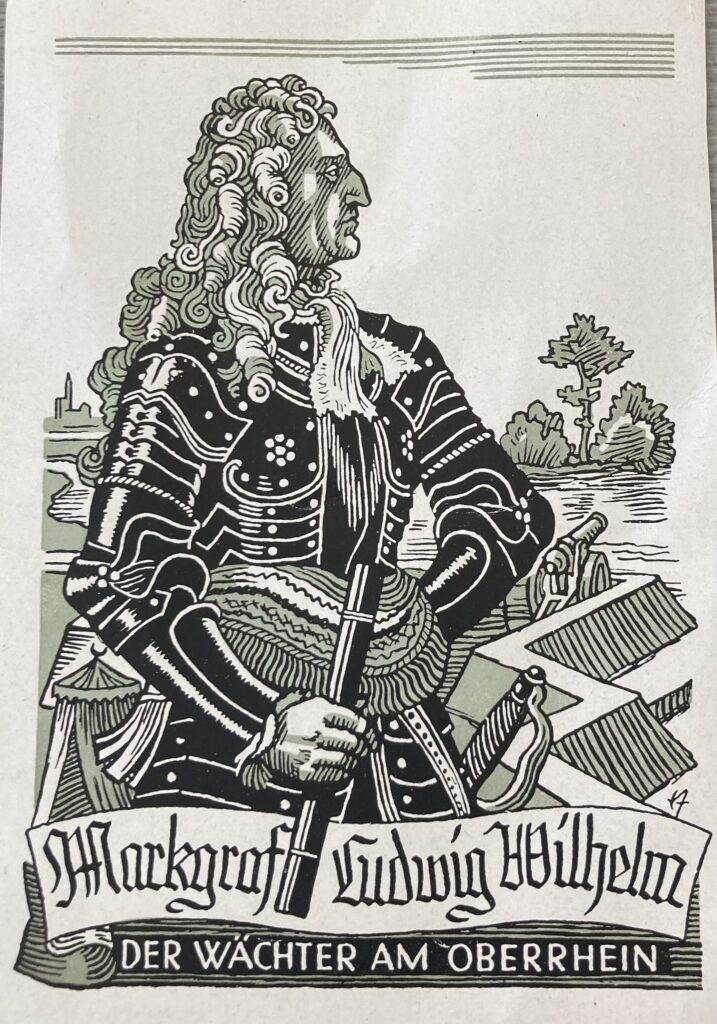
Graf Ludwig Wilhelm
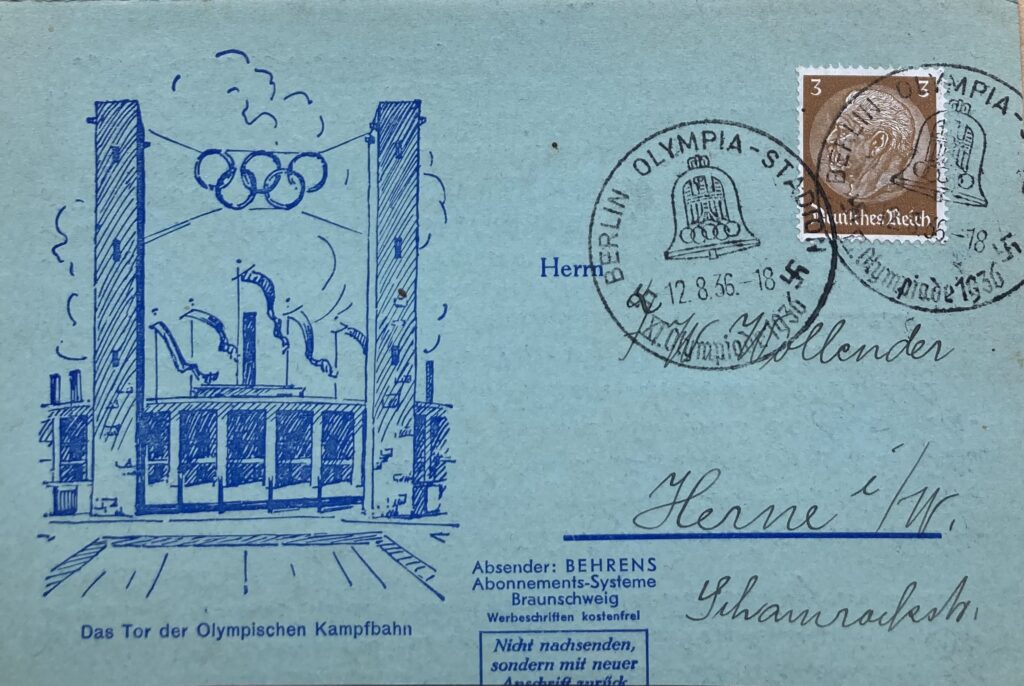
The Entrance Gate of Olympic Stadium
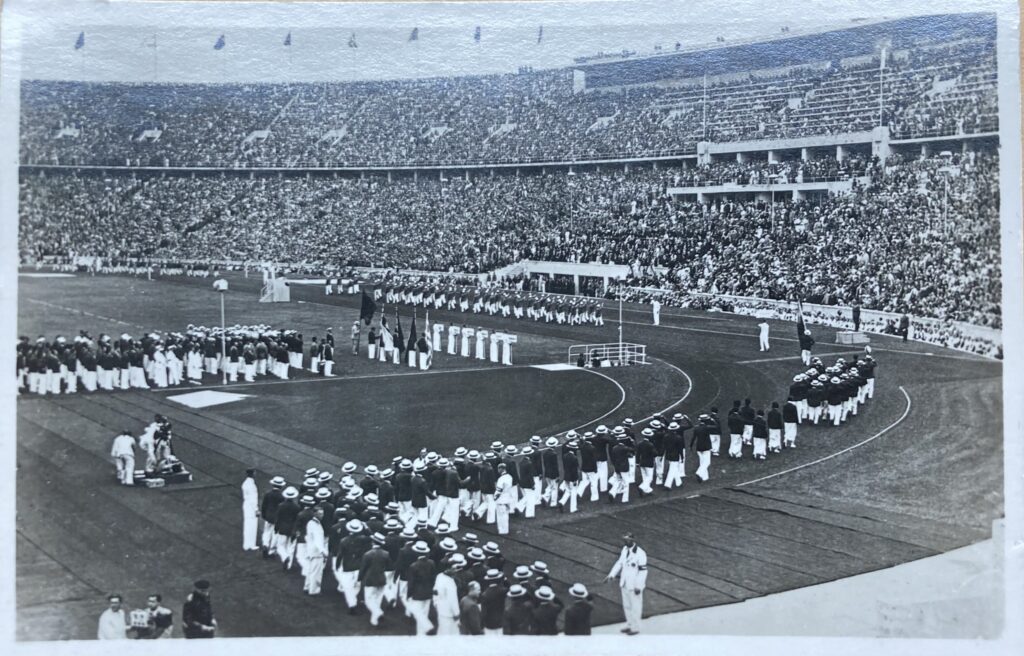
View of the Hitler’s Private Box at the Berlin Olympic Opening Ceremonies
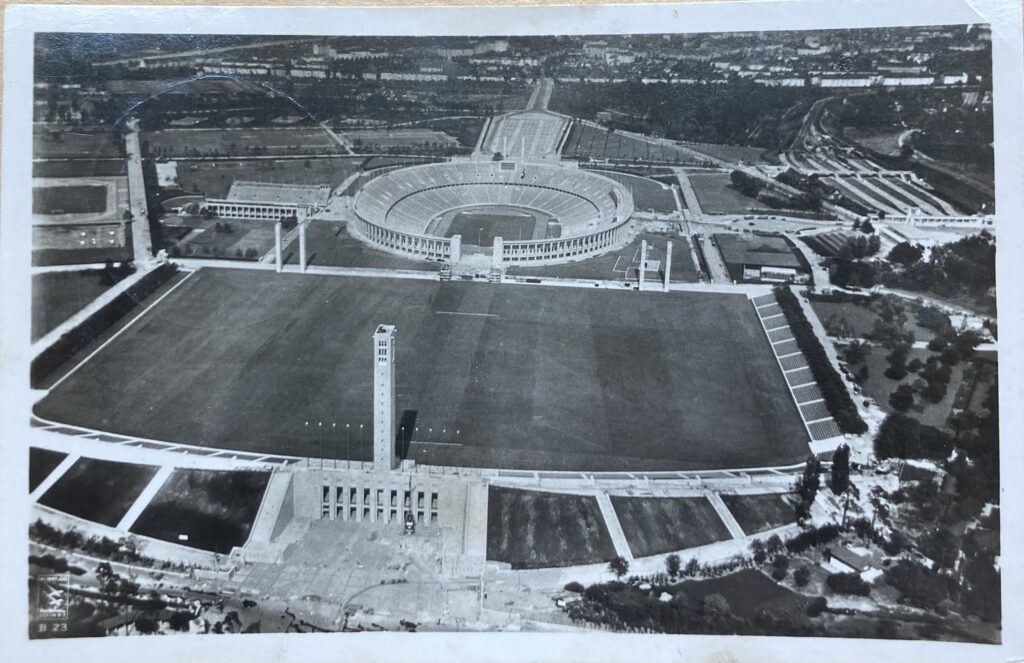
Reich Sports Field
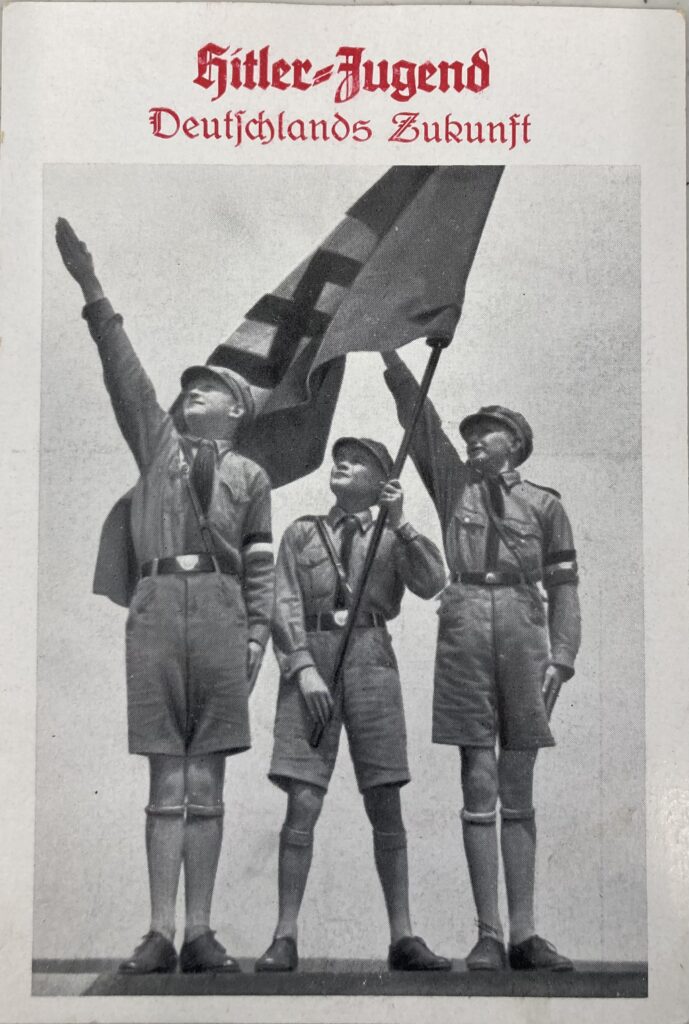
Hitler Youth
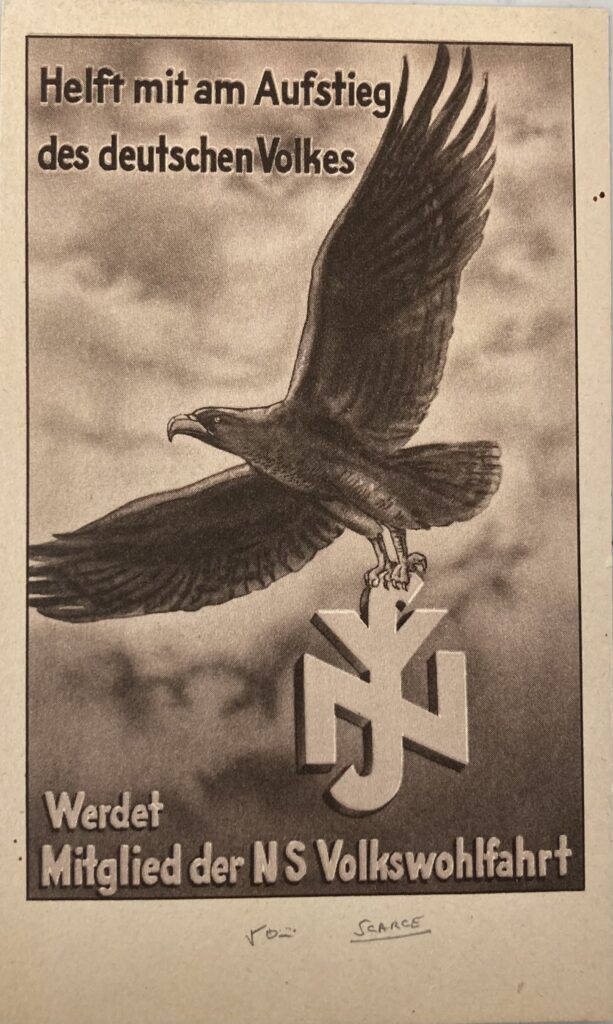
Nationalist Socialist People’s Welfare
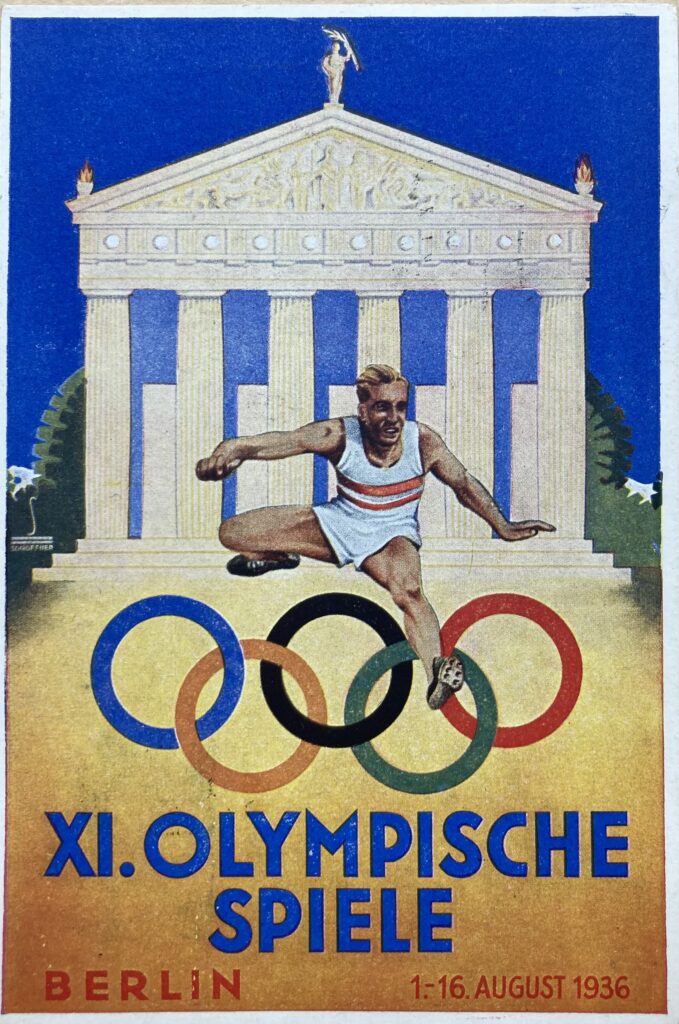
1936 Berlin Olympic Games
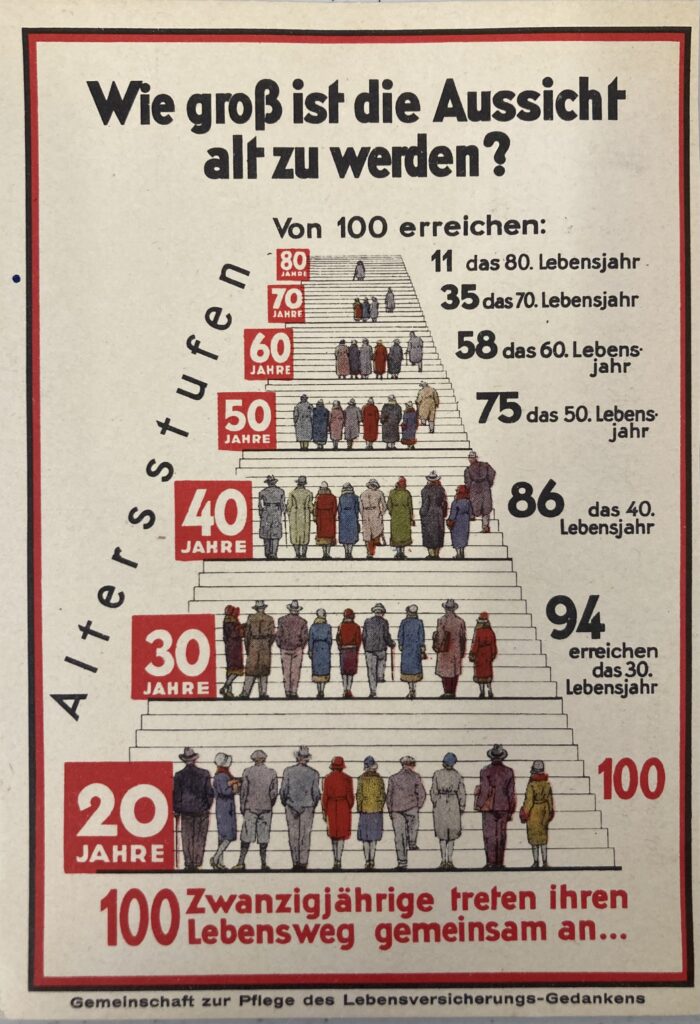
Aging
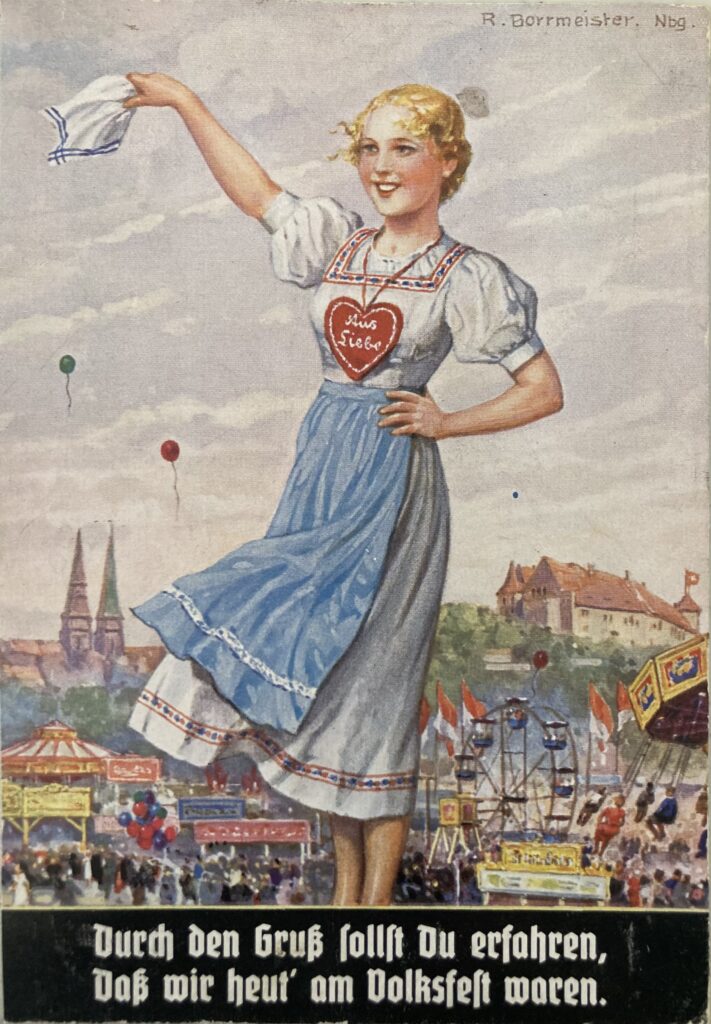
Volksfest
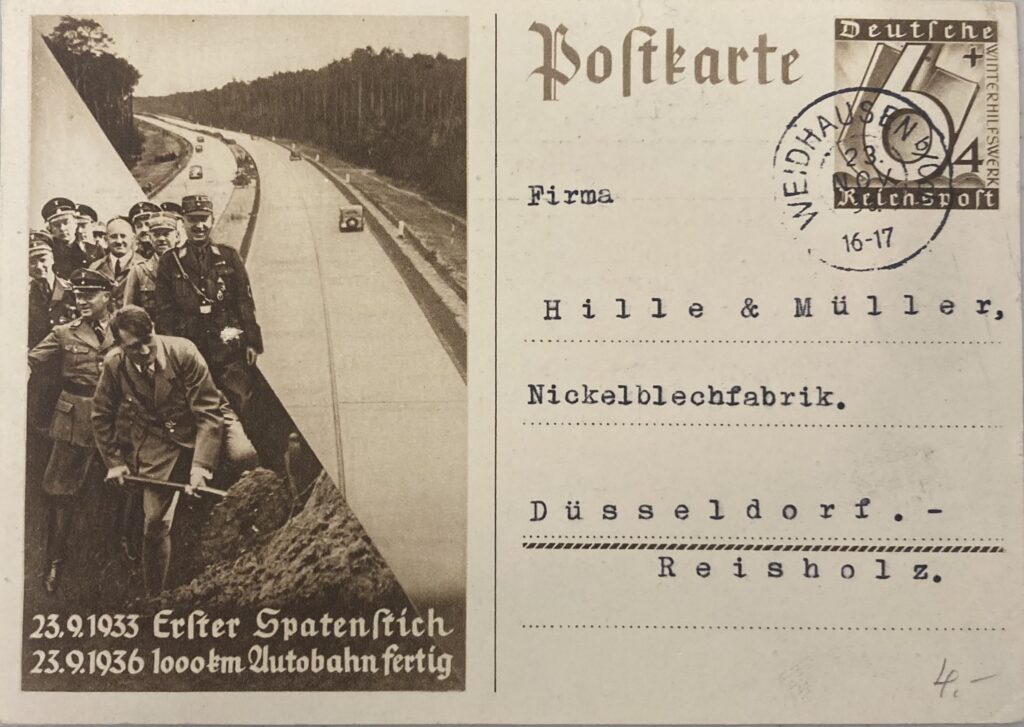
Autobahn
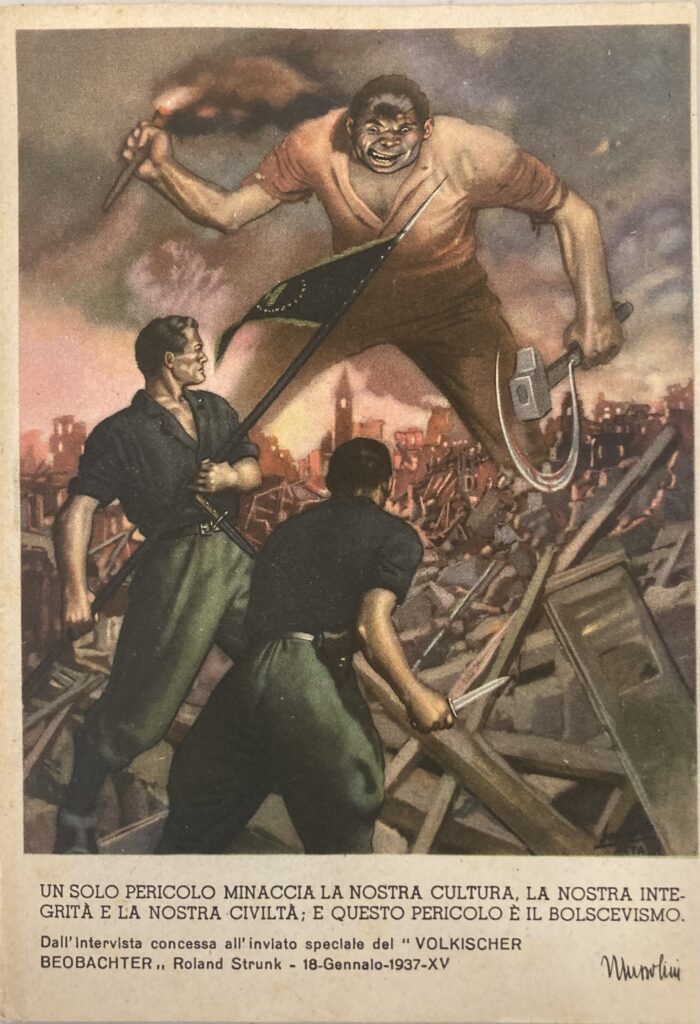
Italian Bolshevism
NSFK Model Airplane Exhibition
